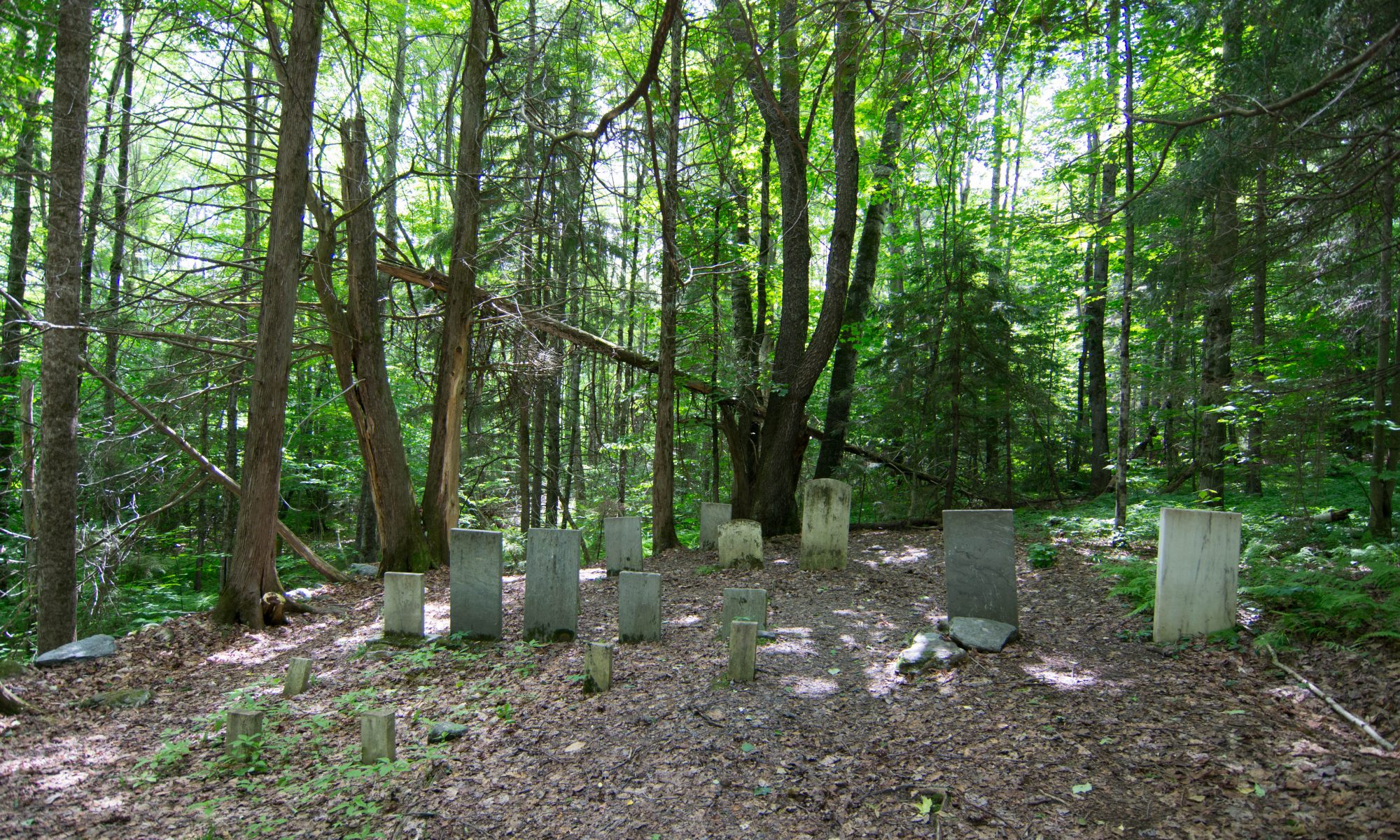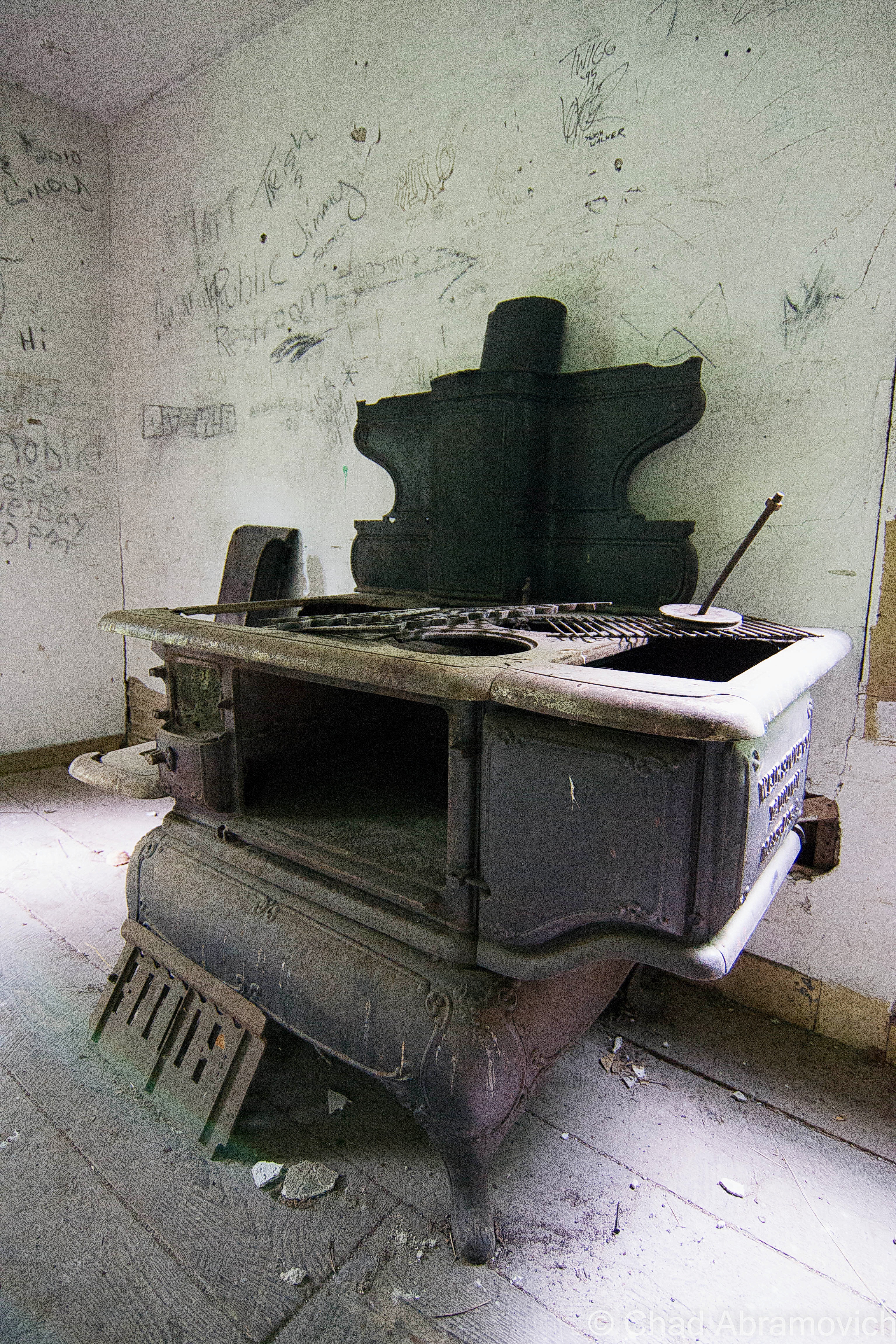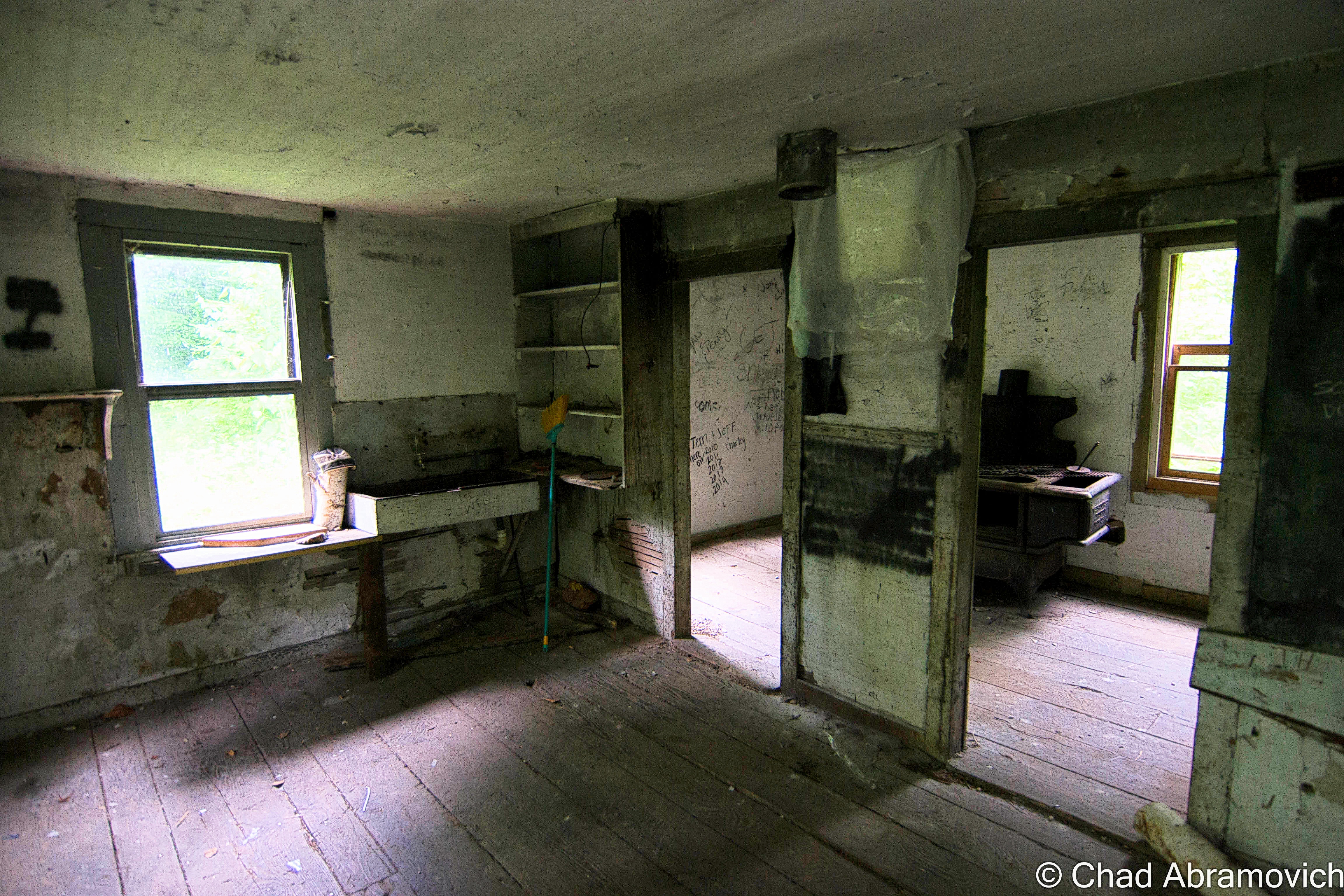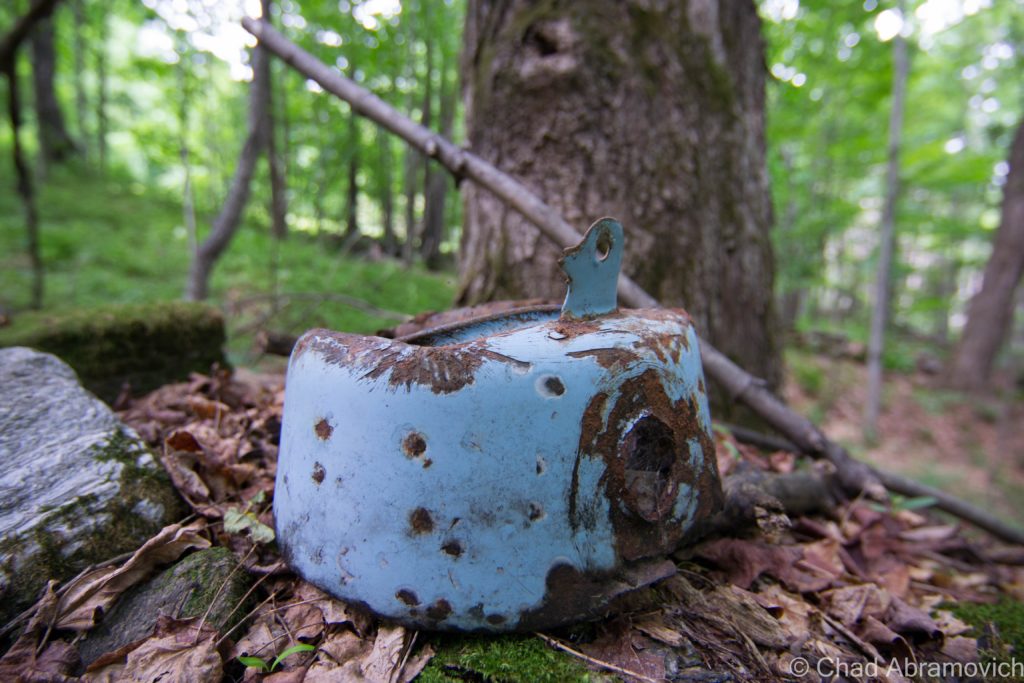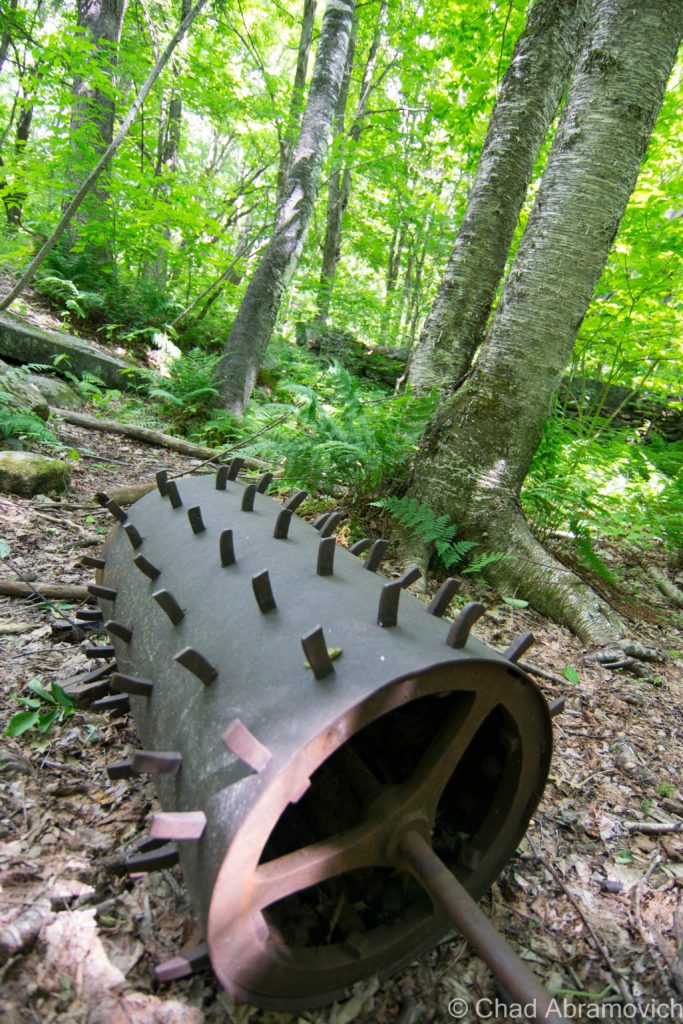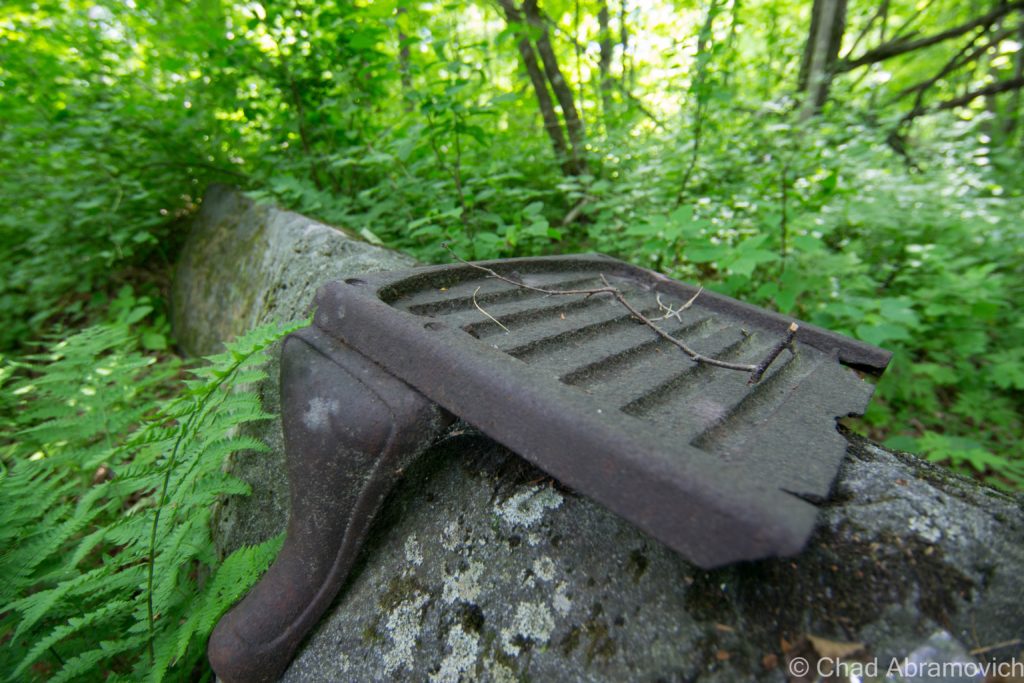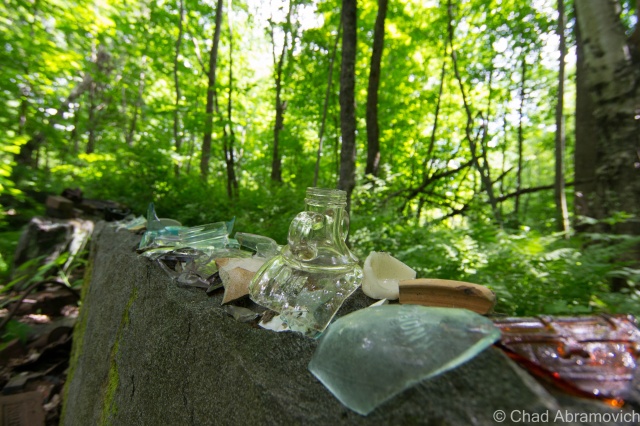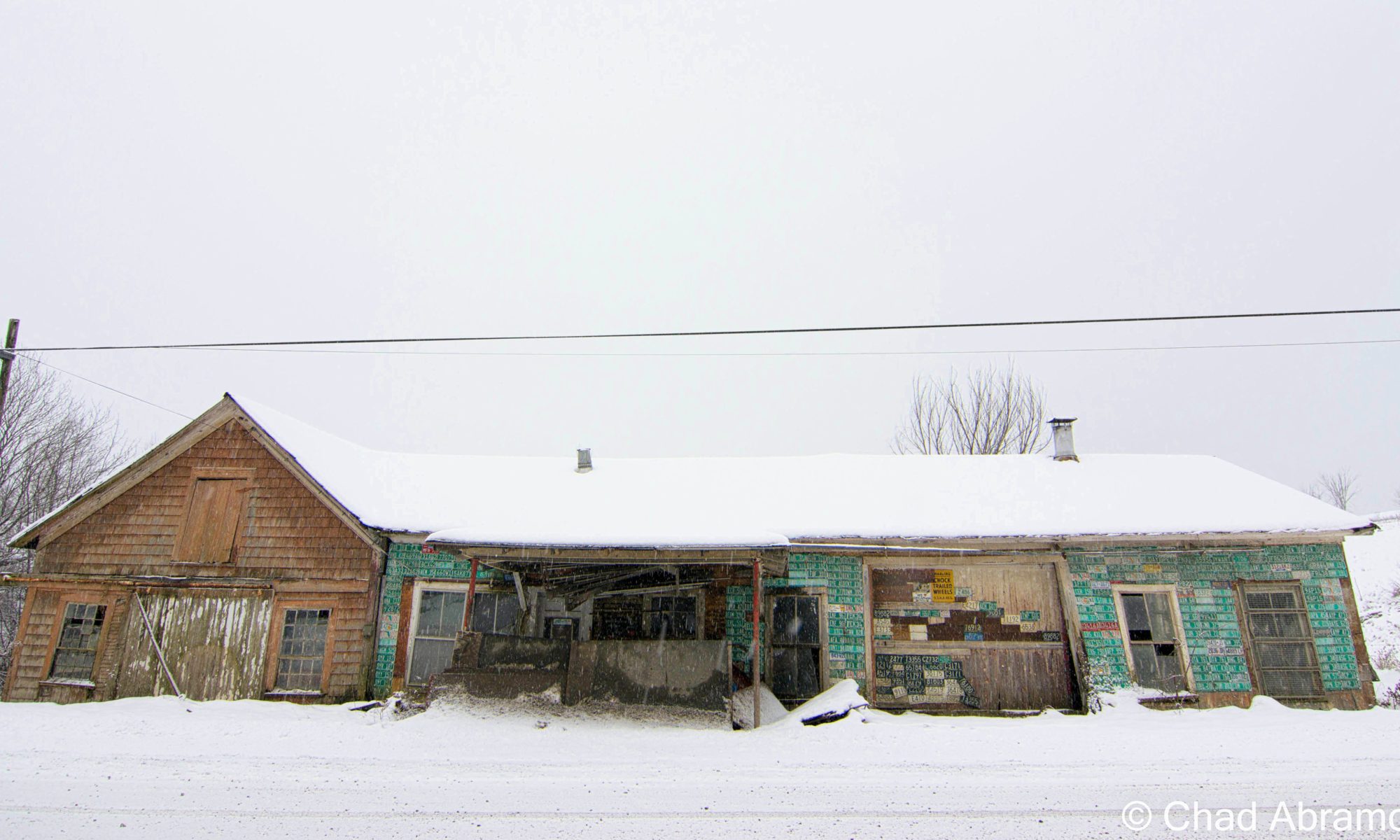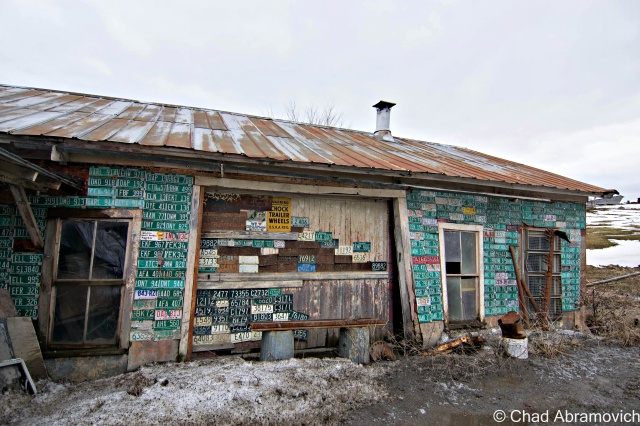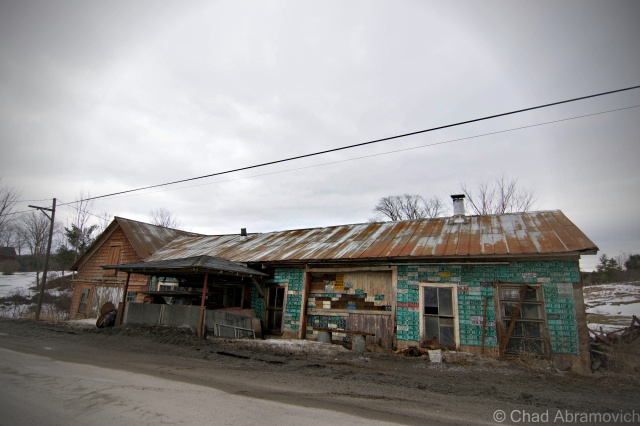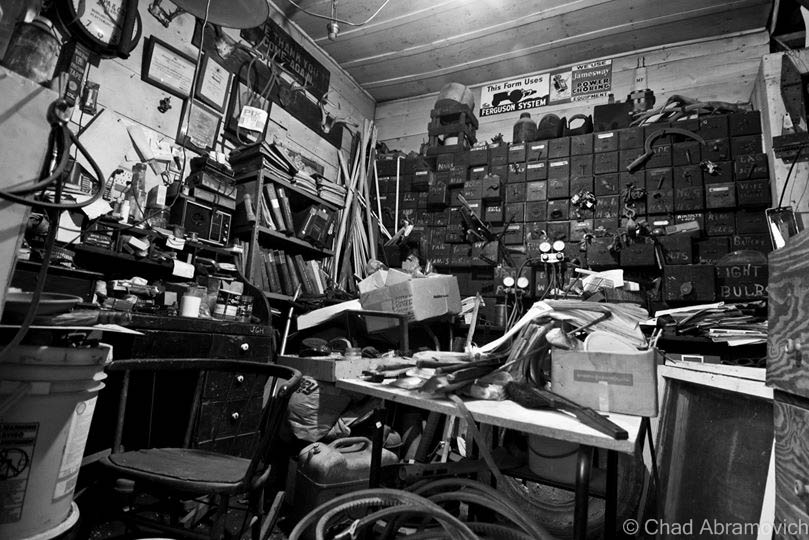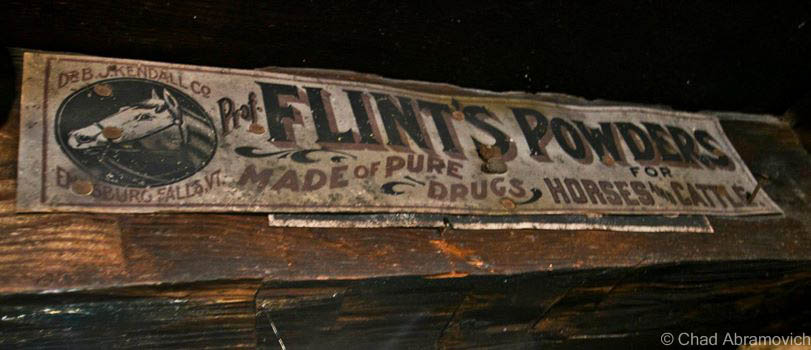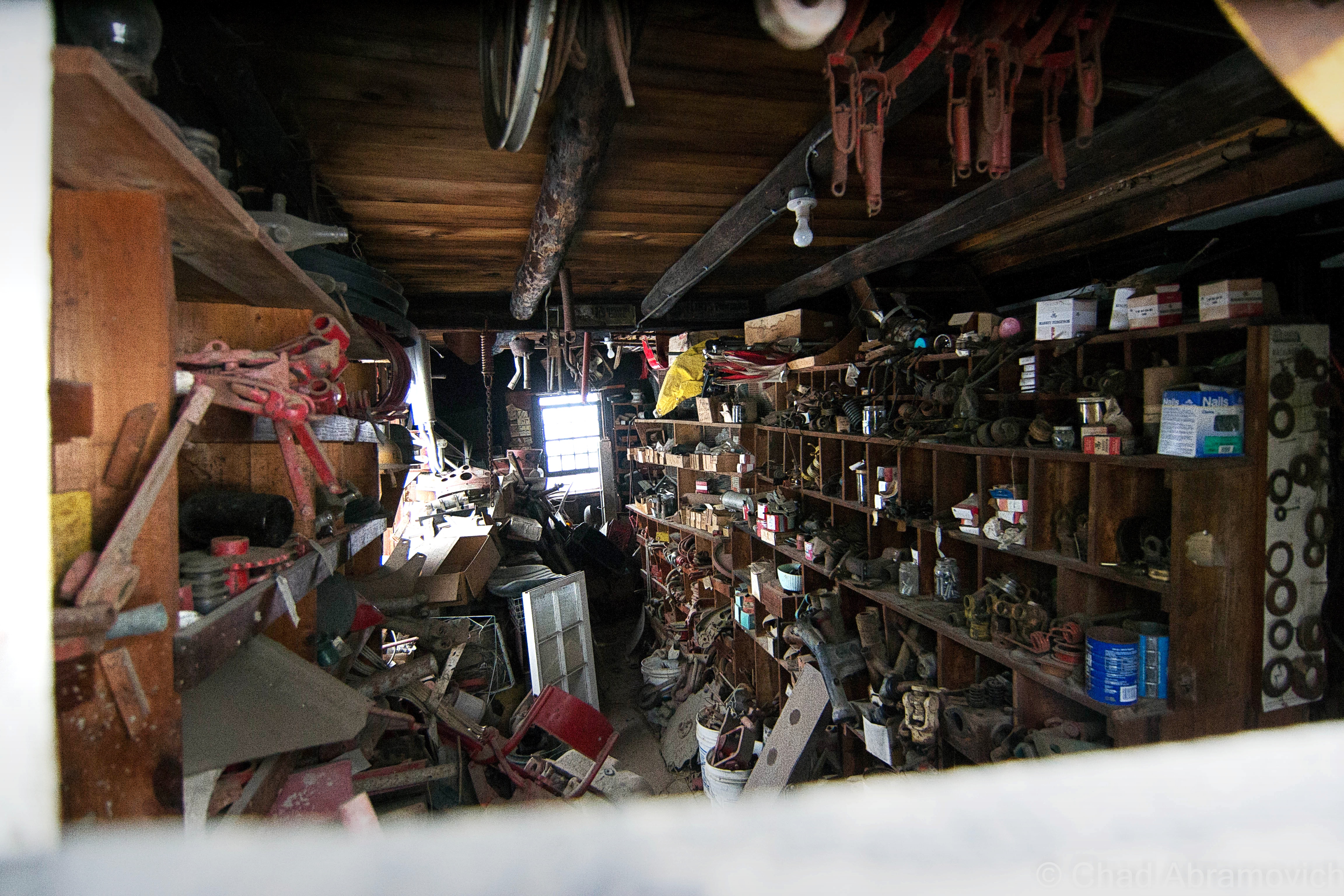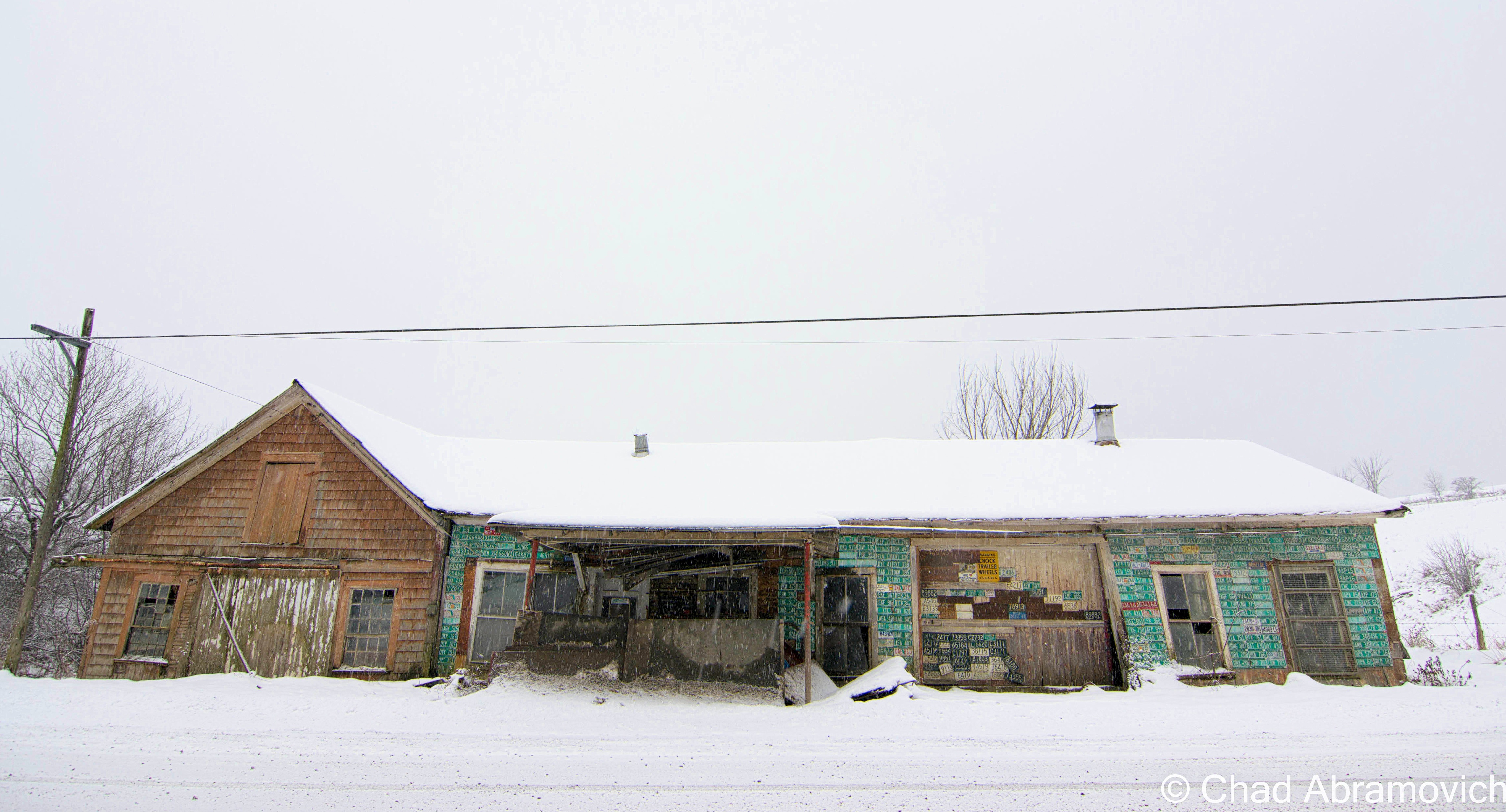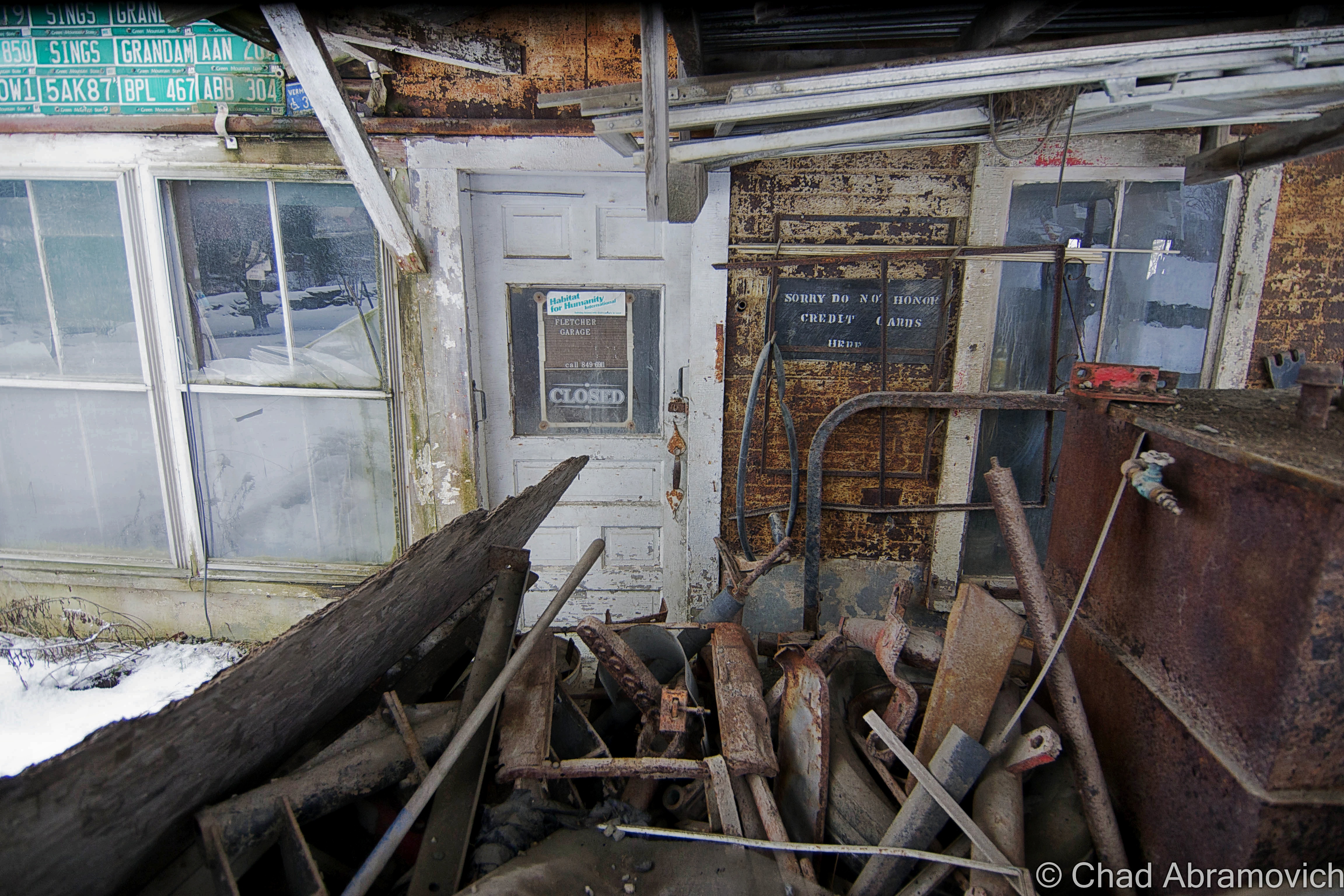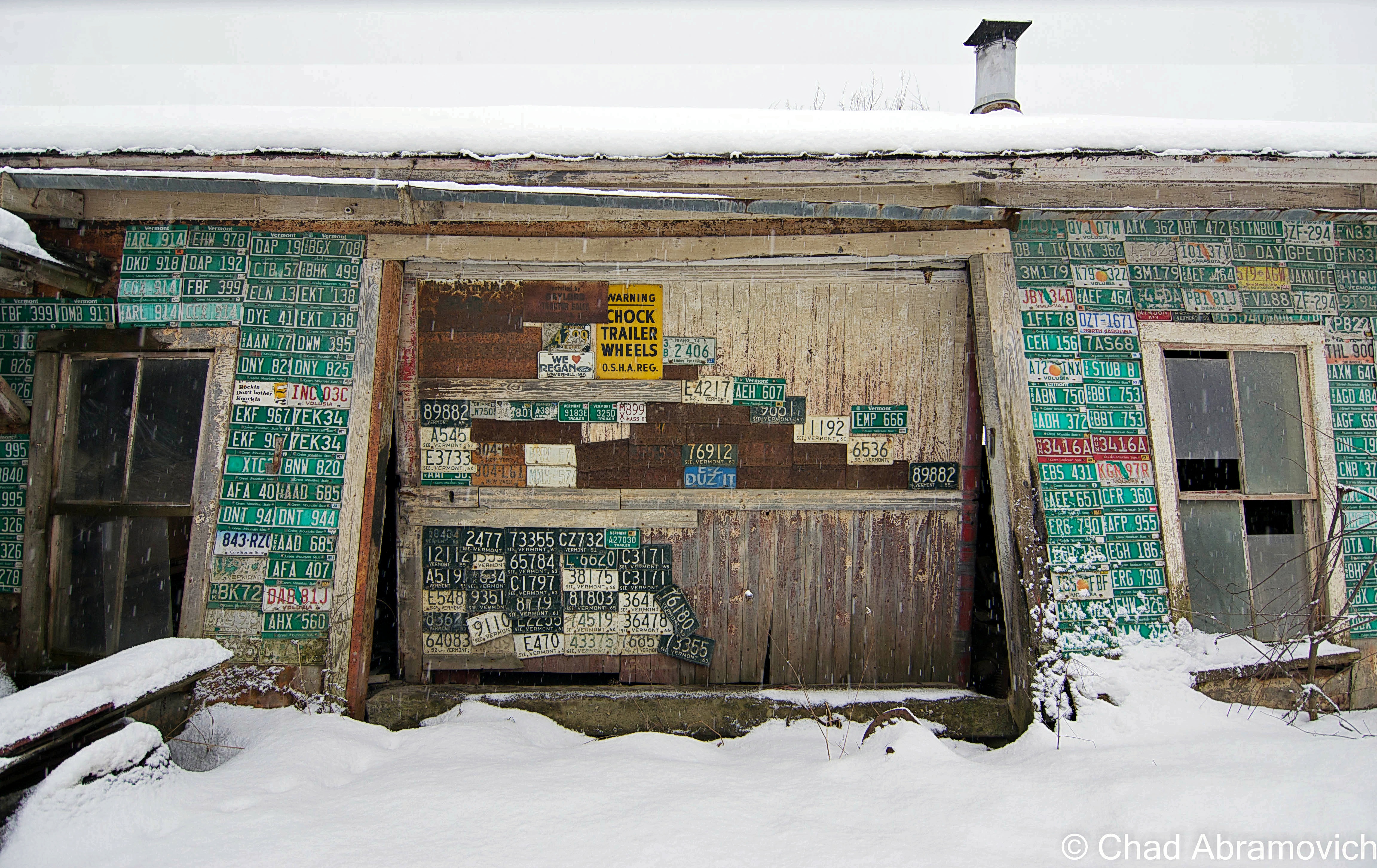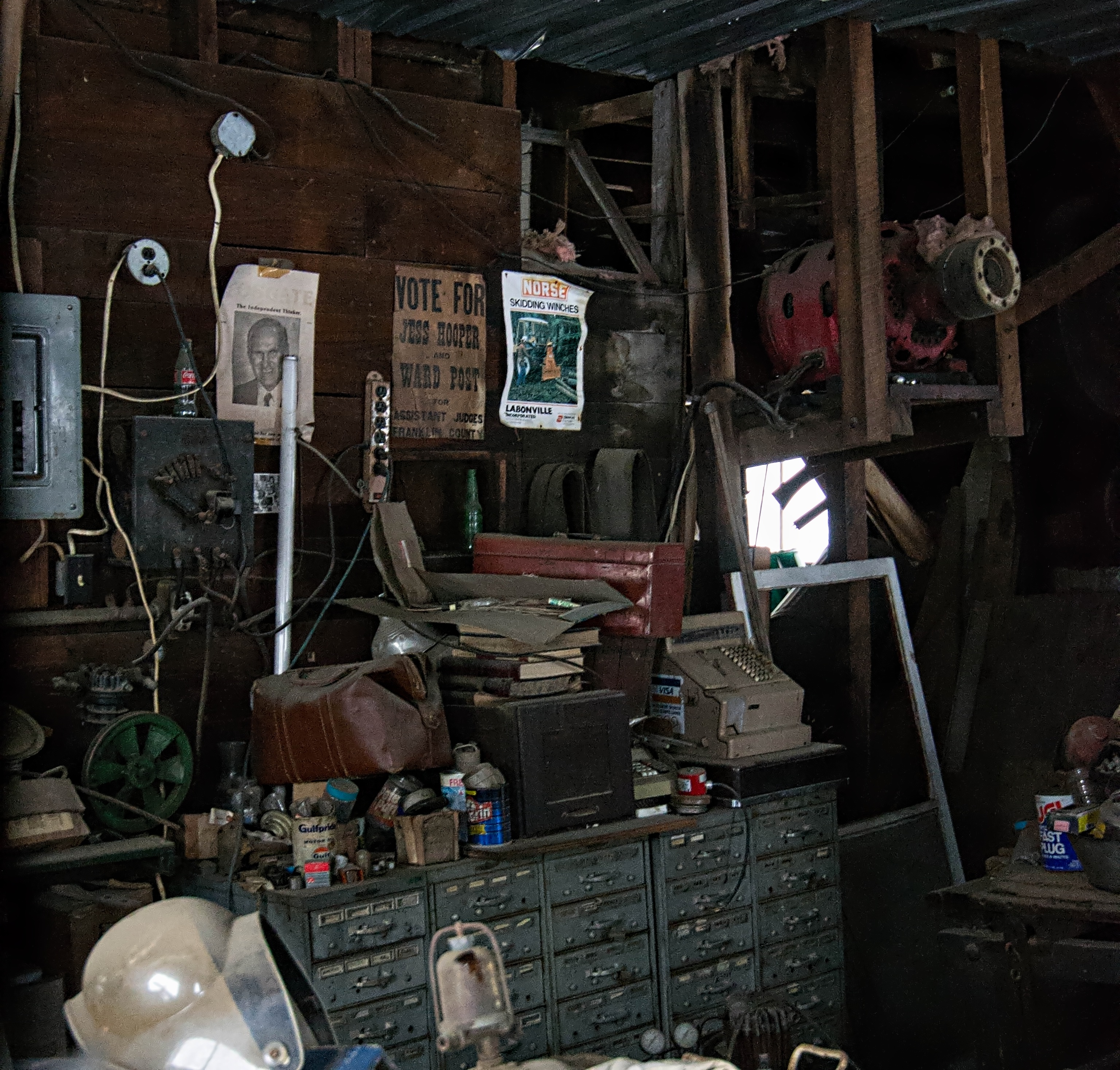Every once and a while, I’ll have someone tell me a bizarre or strange tale that they swear has supposedly happened to them. Some of them are entertaining at best, but others surpass that, and create long lasting impressions. I don’t know, maybe I love these tales because they make me think that perhaps we’re something else than meat and bones, or perhaps it’s the allure of the ability for things to still exist that can defy any explanation that can be backed by science. Simply put; they challenge my very logical way of thinking and make me look at the familiar in an unfamiliar way. These are the stories that I would like to feature on this blog, and I think I found a good one to start with.
A Lost Town
Little River State Park in the town of Waterbury has shoreline on the beautiful Waterbury Reservoir, and extends into a grand patch of bumpy land that climbs up the mountains that form the back spine of lofty Mount Mansfield. Driving up Little River Road as it follows the sand banked river of the same name, it immediately becomes apparent that the area is wildly beautiful. But it’s tumbling topography yields another truth; the land up this way is rugged and rough. While outdoor enthusiasts really dig the state park, a century ago, the people who settled here weren’t as fond of the place – but their desperation for independence and land to build that on outweighed the many pitfalls.
The sinuous reservoir that snakes around green mountains was built for more practical purposes; to attempt to prevent ruinous floods that wiped out the town that once used to be here.
A century ago, real estate worked a bit differently than today’s trends. Prospectors pretty much settled anywhere where there was available land, including topography of the rough and rocky variety. Higher elevations were also less prone to flooding than down in the valleys, which is why many old stage roads or settlements can be found in higher elevations or places we may consider strange.
The slopes of Western Waterbury were cleared in the 1800s, and a small community of about 50 people formed, unofficially called “Ricker Mills”, “Ricker Basin” or sometimes, “The Ricker Mountain District”, all monikered after the large cluster of people who settled there with the same last name.
The settlement would eventually grow to encompass about 4,000 acres on the southeastern slopes of Ricker Mountain, which also took on the prevalent surname. But their choice of location made life up in the hills pretty rotten.
Most settling families were impoverished but they got by alright, their farms -which were hard to support on land that was mostly rocks – never prospered. The only other industries to really take off here were sawmills, taking advantage of mountains of timber and the many streams that picked up speed as they tumbled down to the valleys below.
Even today, some elderly residents who live in neighboring towns can still recall Ricker Mills as an existing place, and tell nostalgic stories of hardships. Families all had to pitch together to work on the farms in order to run a successful operation, and if one member wasn’t doing their job, the farm would limp or come to a stand still.
Eventually, younger generations began to slowly move away, looking for better opportunities. But the town’s death was sped up by the infamous flood of 1927 on November 3rd and 4th, when torrential rainfalls and frozen ground created a disastrous flood that paralyzed Vermont. The little river’s rising waters drove the valley residents to their roofs and isolated the settlement from the rest of Waterbury when the roads were washed out. In 1934, a second flood put an end to the already crippled community. Those who already hadn’t moved away were forced out when the state decided to close the roads into town for good, then began buying up all the land. The flooding inspired the creation of the aforementioned Waterbury reservoir and dam, a toilsome task built by five thousand men of the U.S. Army Corps Of Engineers and the Civilian Conservation Corps, who finally finished the massive retention project in 1938.
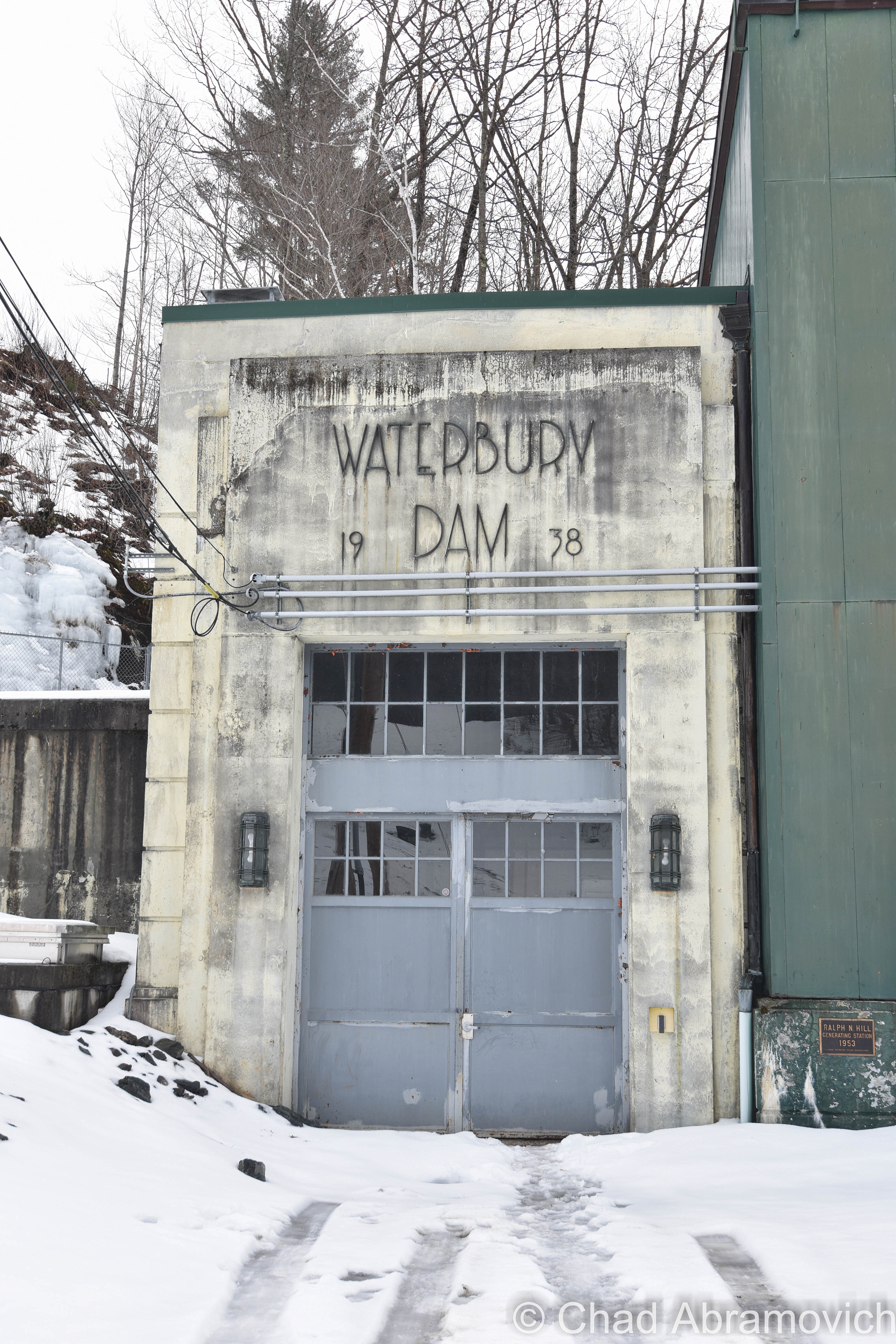
We found ourselves at the foot of the Waterbury Dam. I was really digging the Art Deco detailing I was seeing.
Today, old cemeteries, sawmill remains, old town roads, bridges, and many cellar holes can still be seen as evidence of a past community. Surprisingly, a lone farmhouse from the settlement’s existence also survives off one of the trails; the ramshackle and haunted looking Almeran Goodell farmhouse, which was at one point a hunting camp before the park took possession of it. Little River State Park owns the land know, and a walk on one of its many hiking trails make these ruins easily accessible for anyone who wants to see them. Local lore maintains that when the water levels are low enough in the reservoir, which is now a popular place for outdoor recreation lovers, you can see the soaked and rusted remnants of the old iron bridge that once bridged Little River and was the main entrance into town.
Though the ghost town is an almost unsatisfyingly easy place to get too via Little River Road that parallels its river namesake, once you’re on one of the well-trodden hiking trails, it’s a surprisingly vast and desolate place, almost otherworldly. Tromping around the scattered ruins through bushy foliage that is brilliant in the fall, you can actually get a good sense of vanishing history.
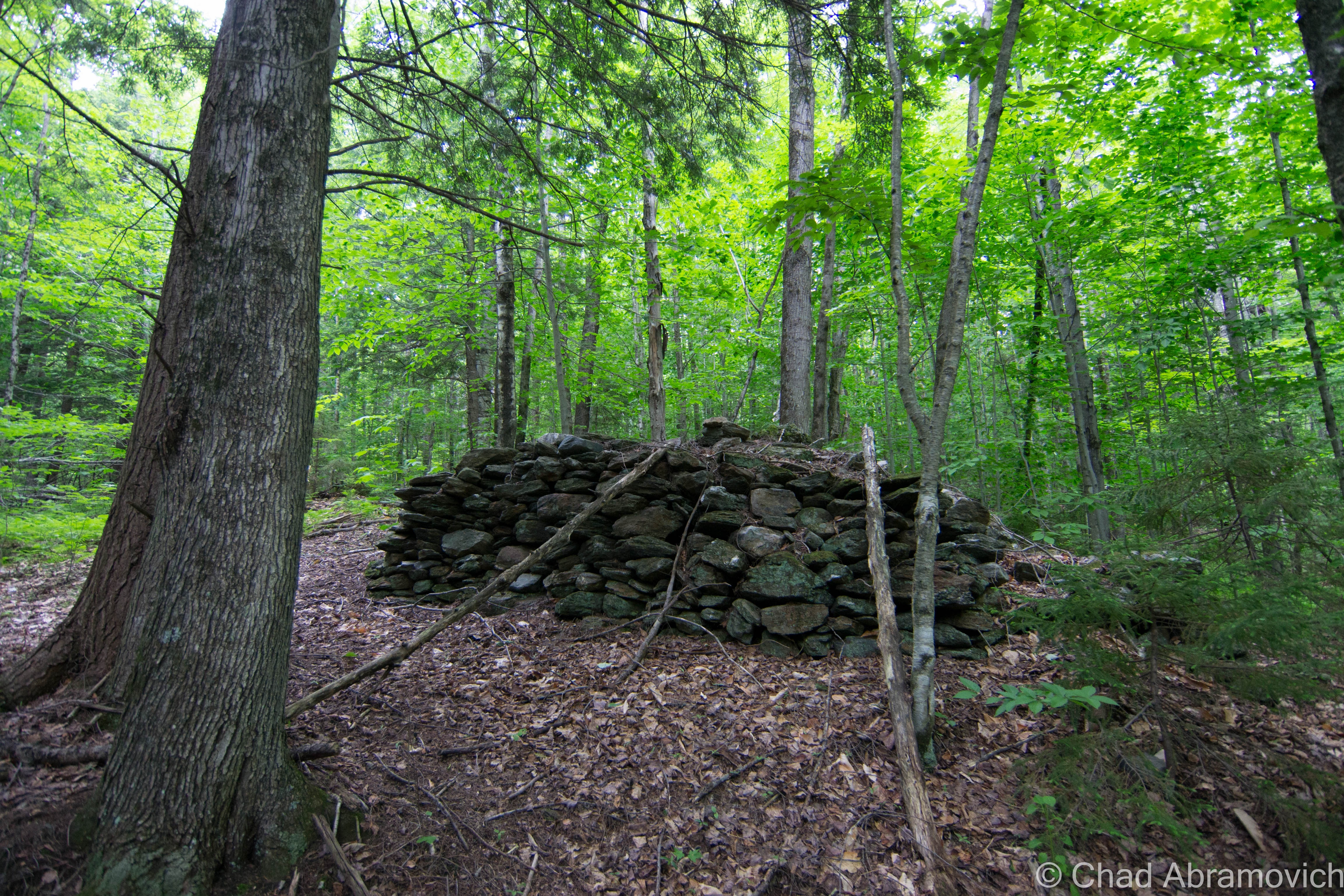
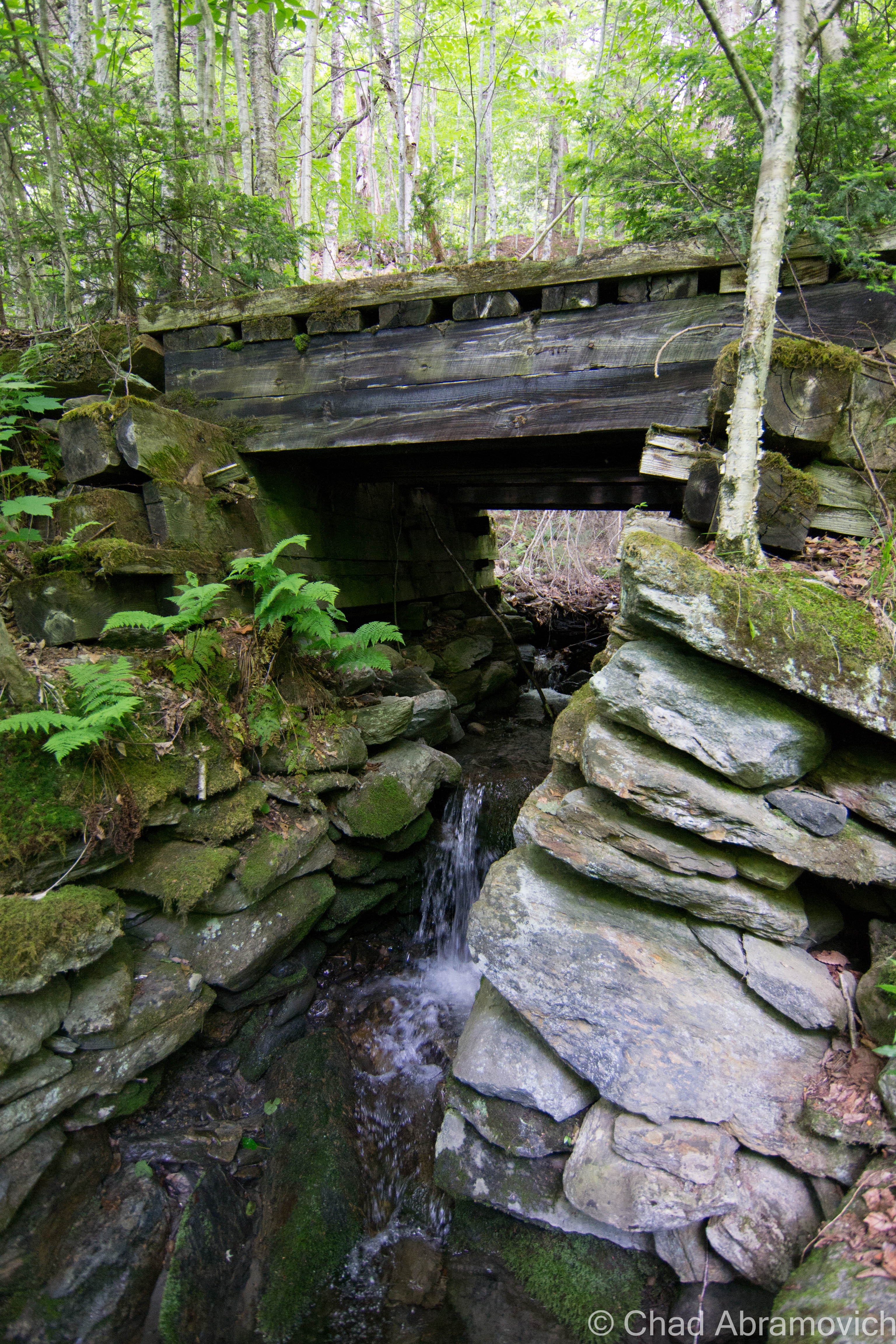
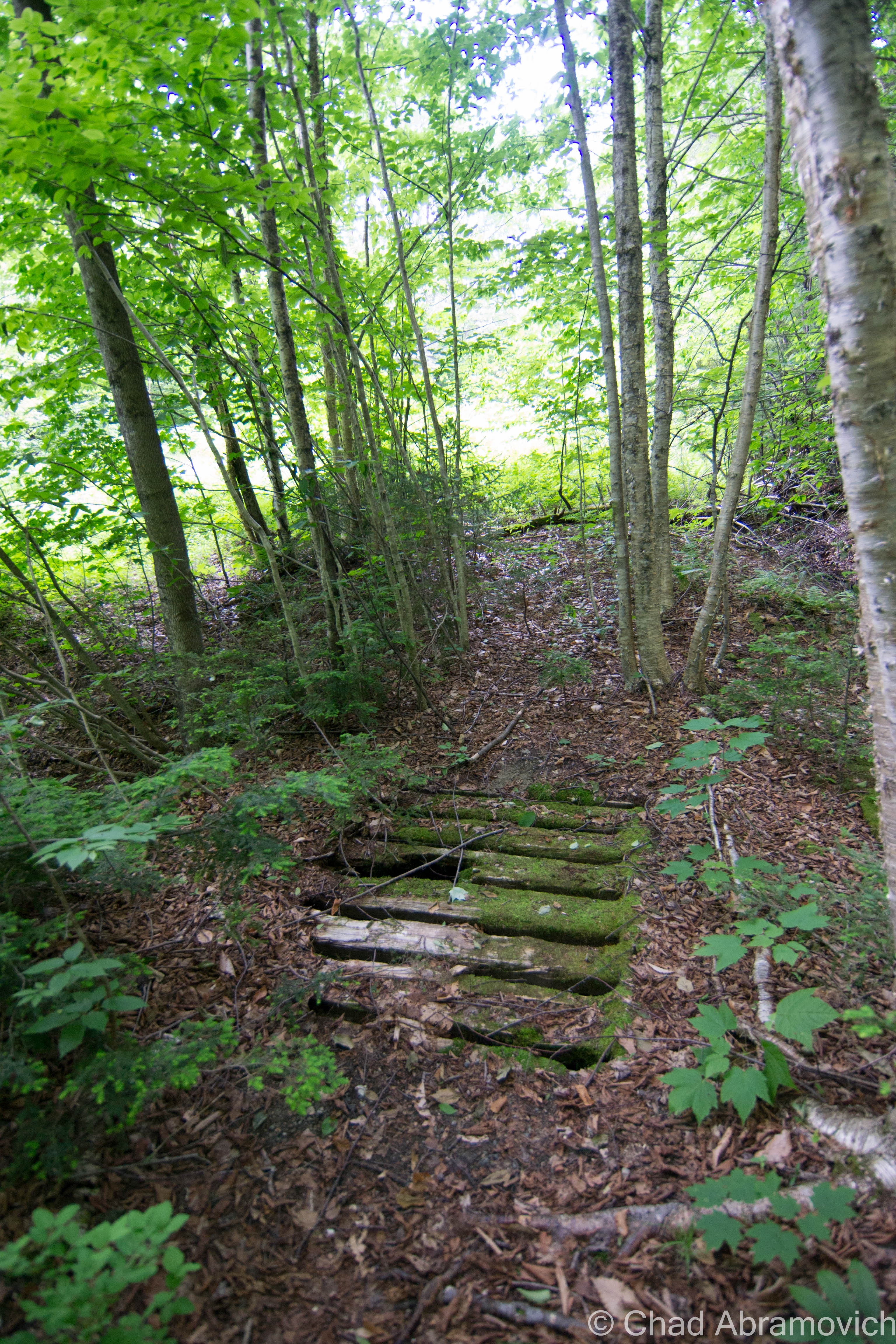
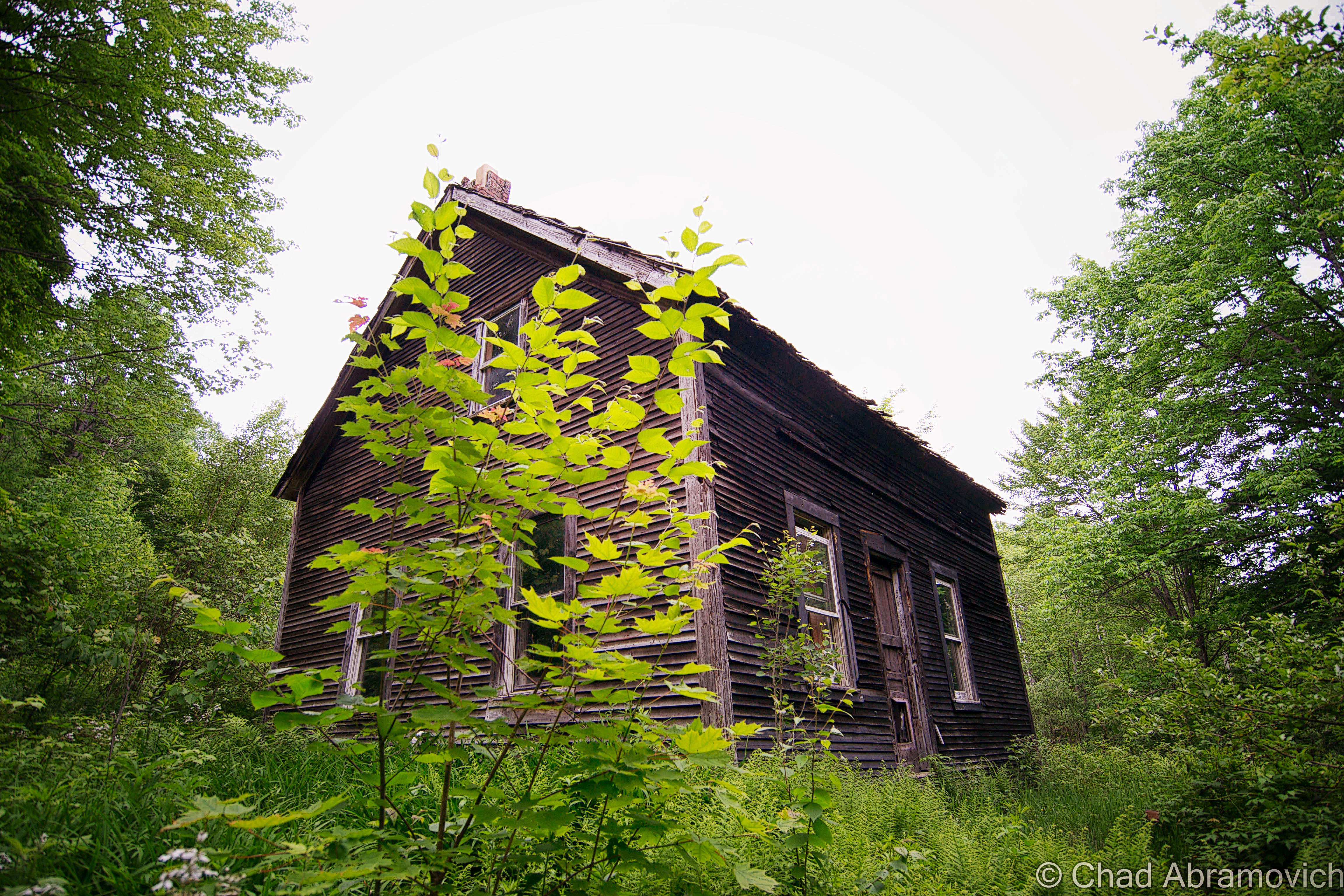

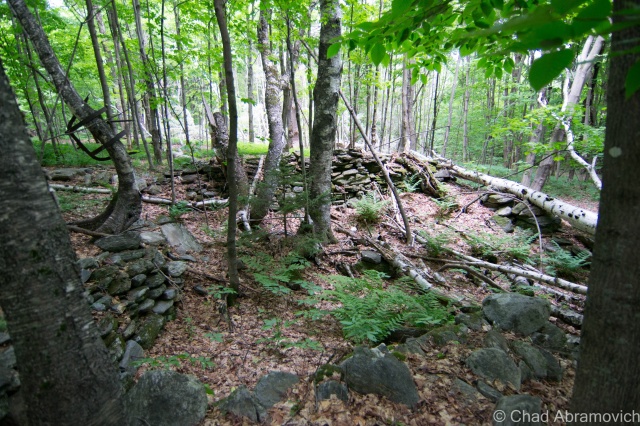
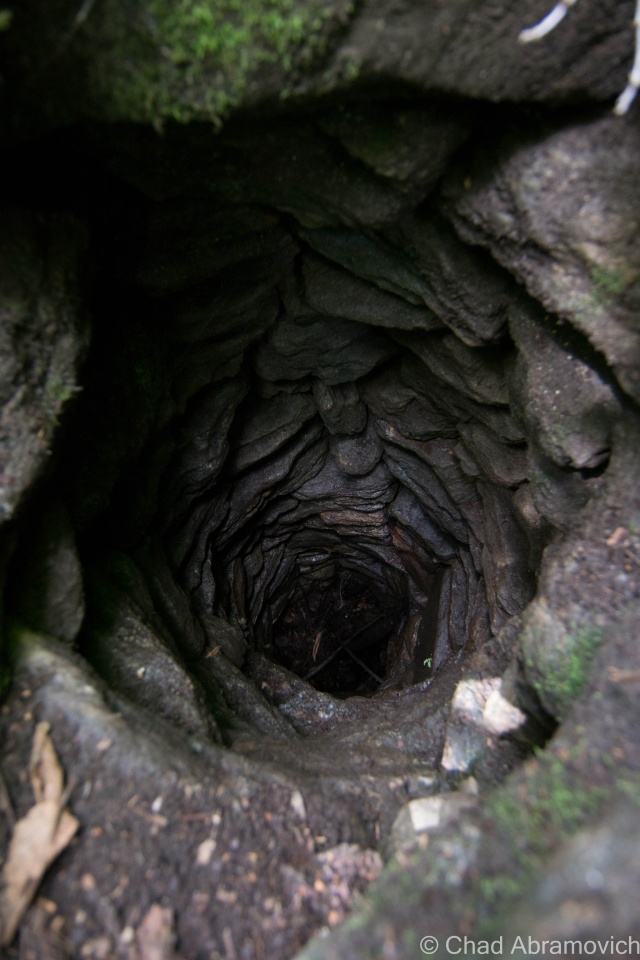
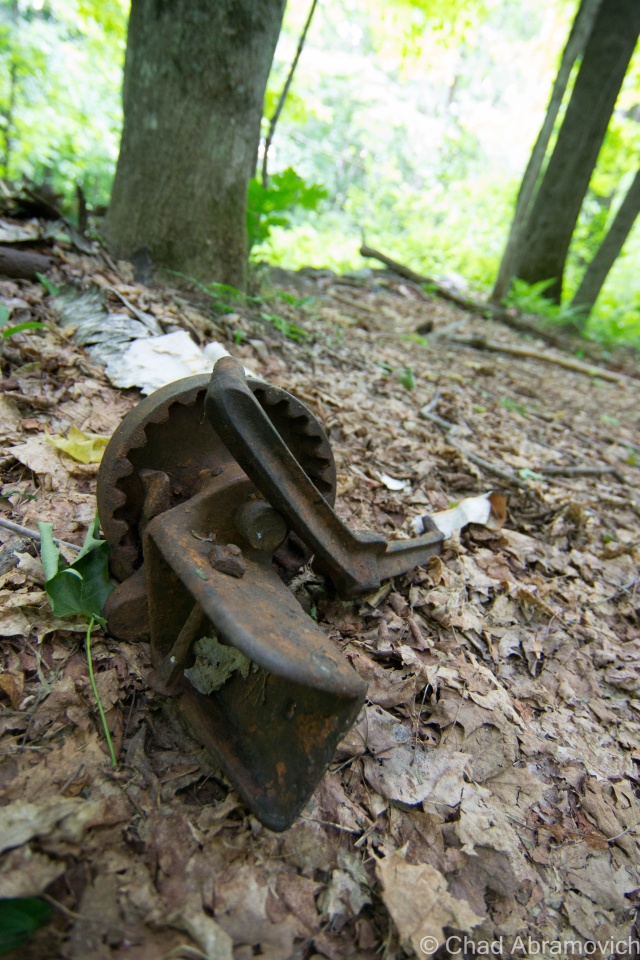
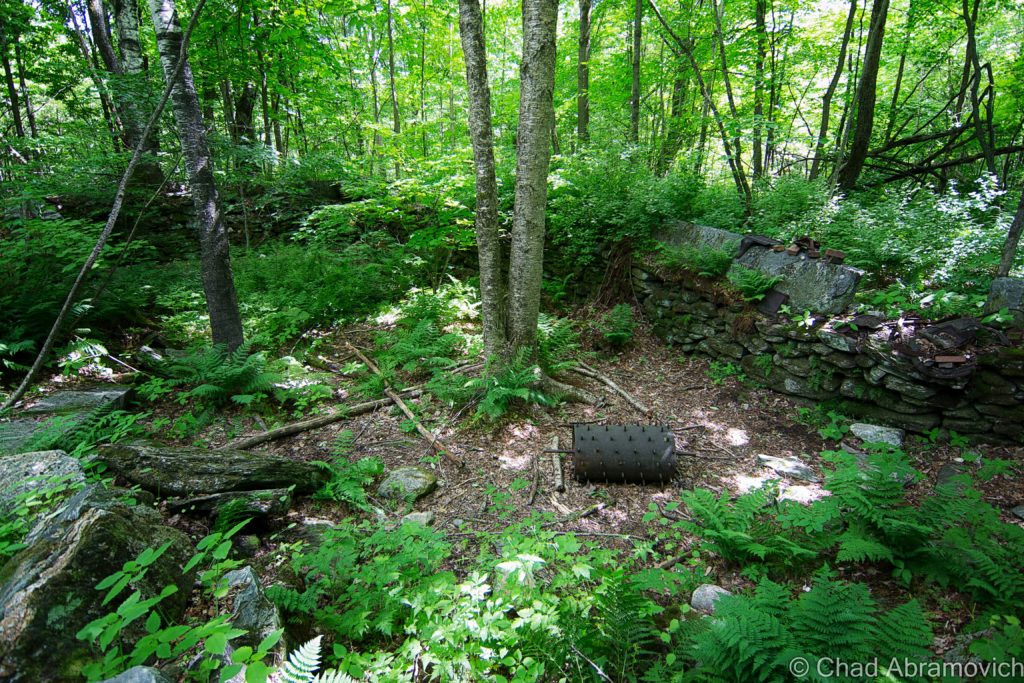
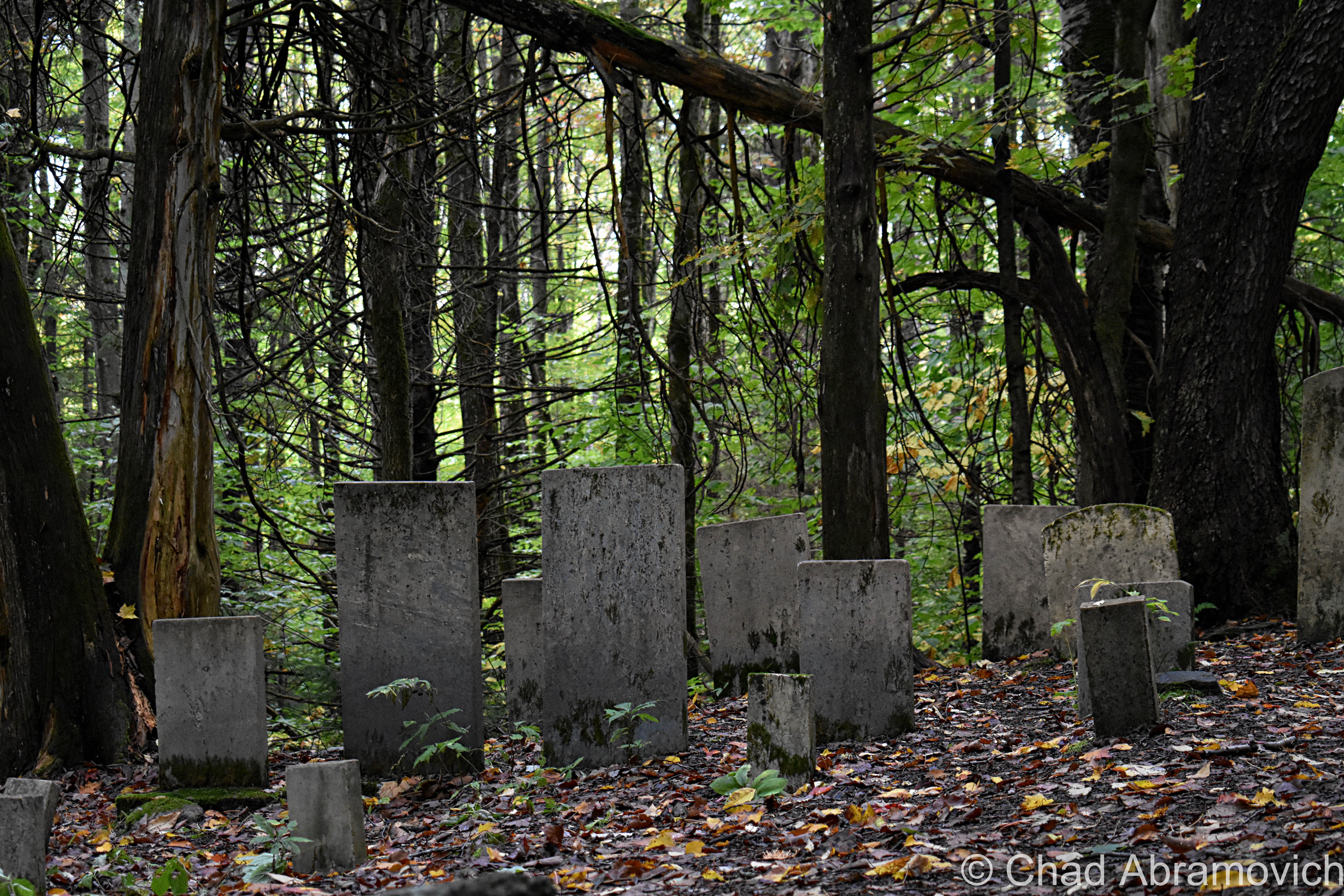
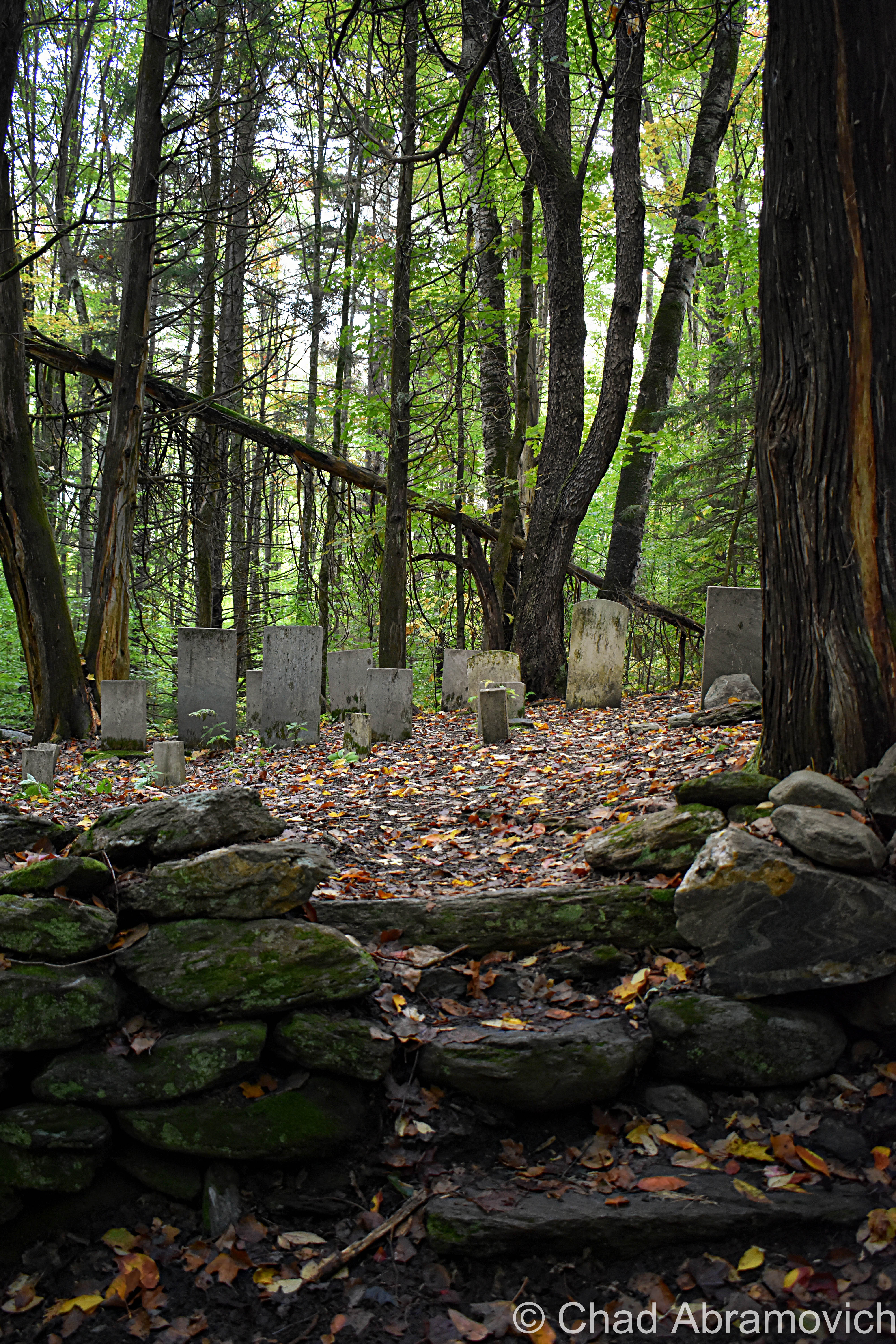




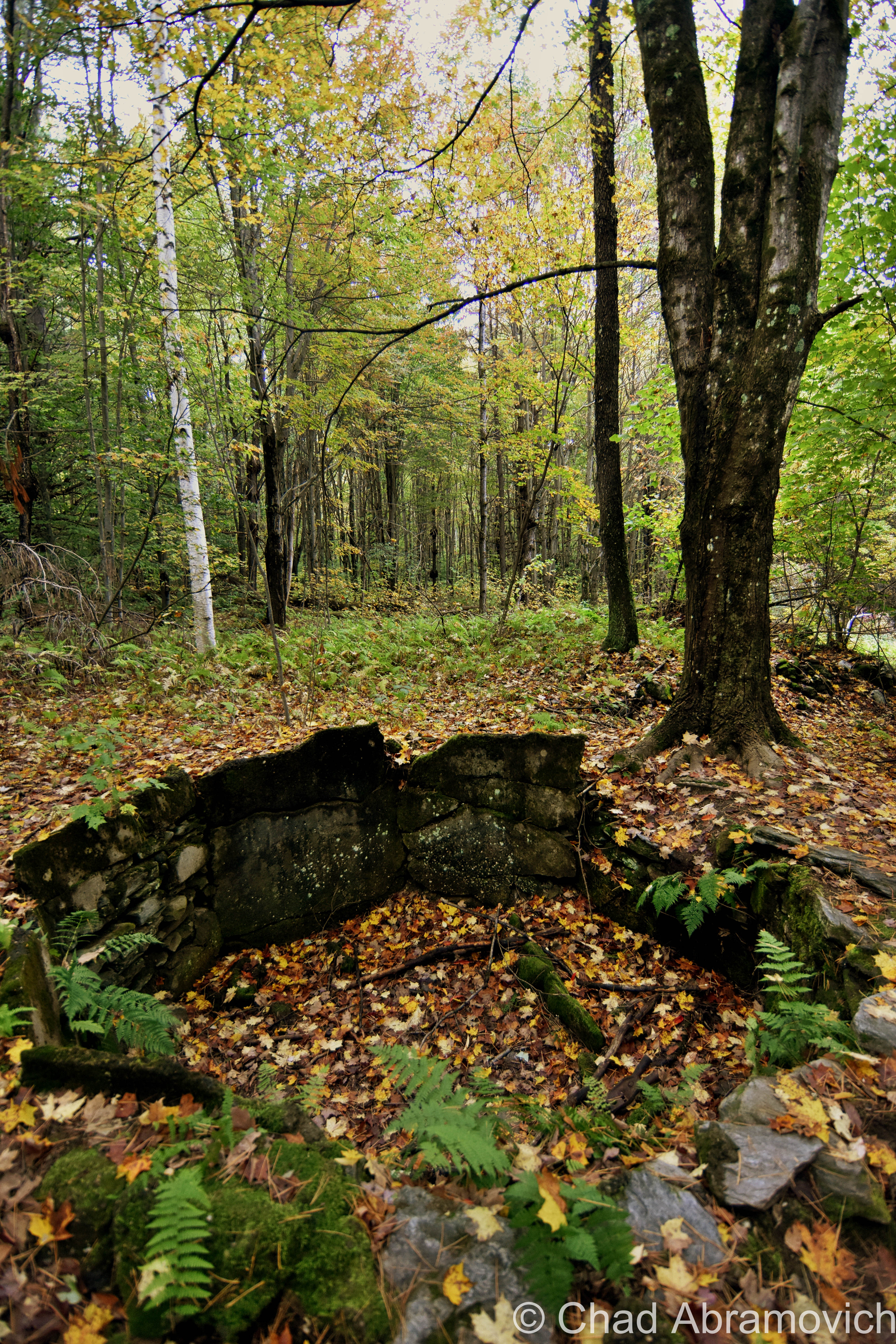
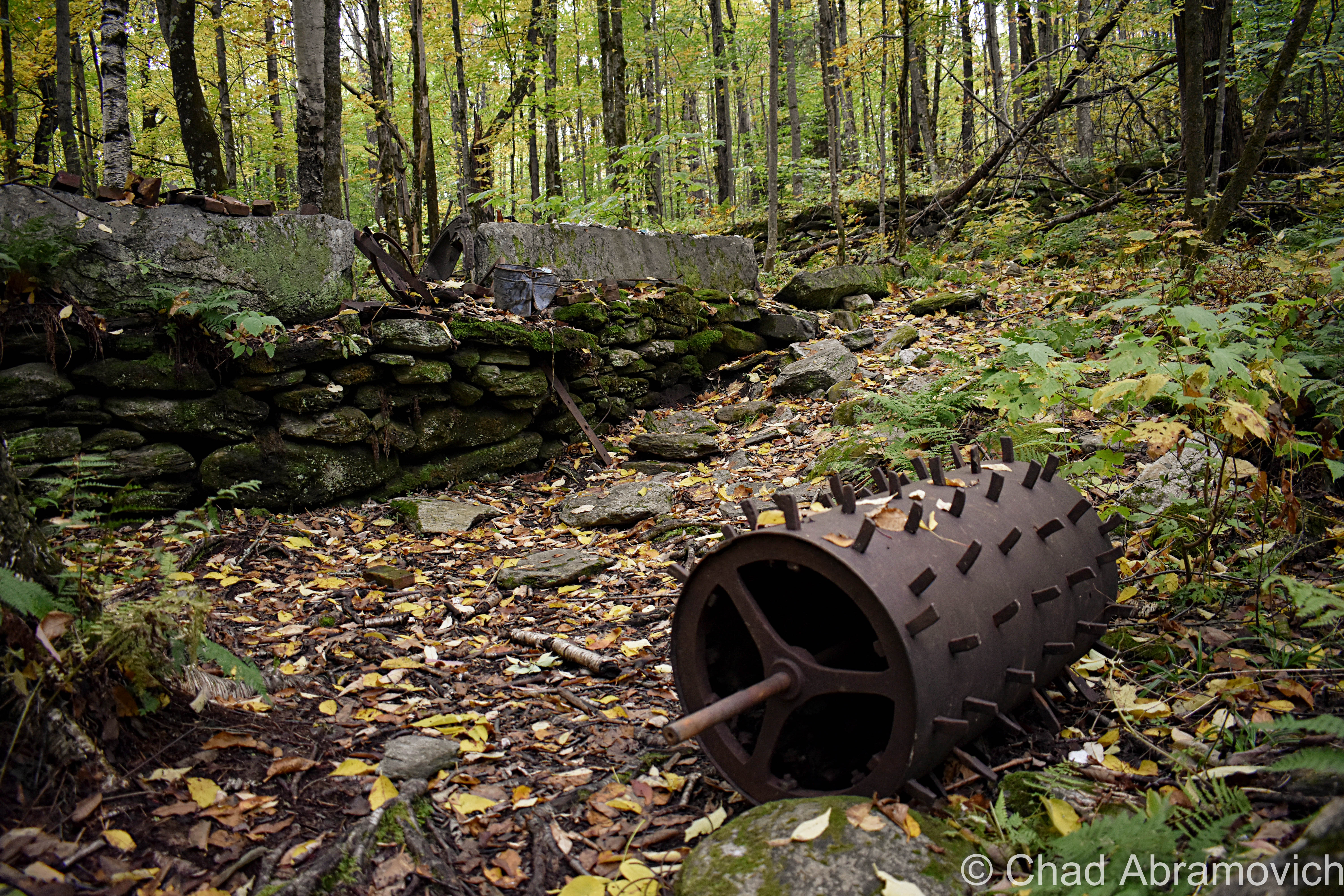
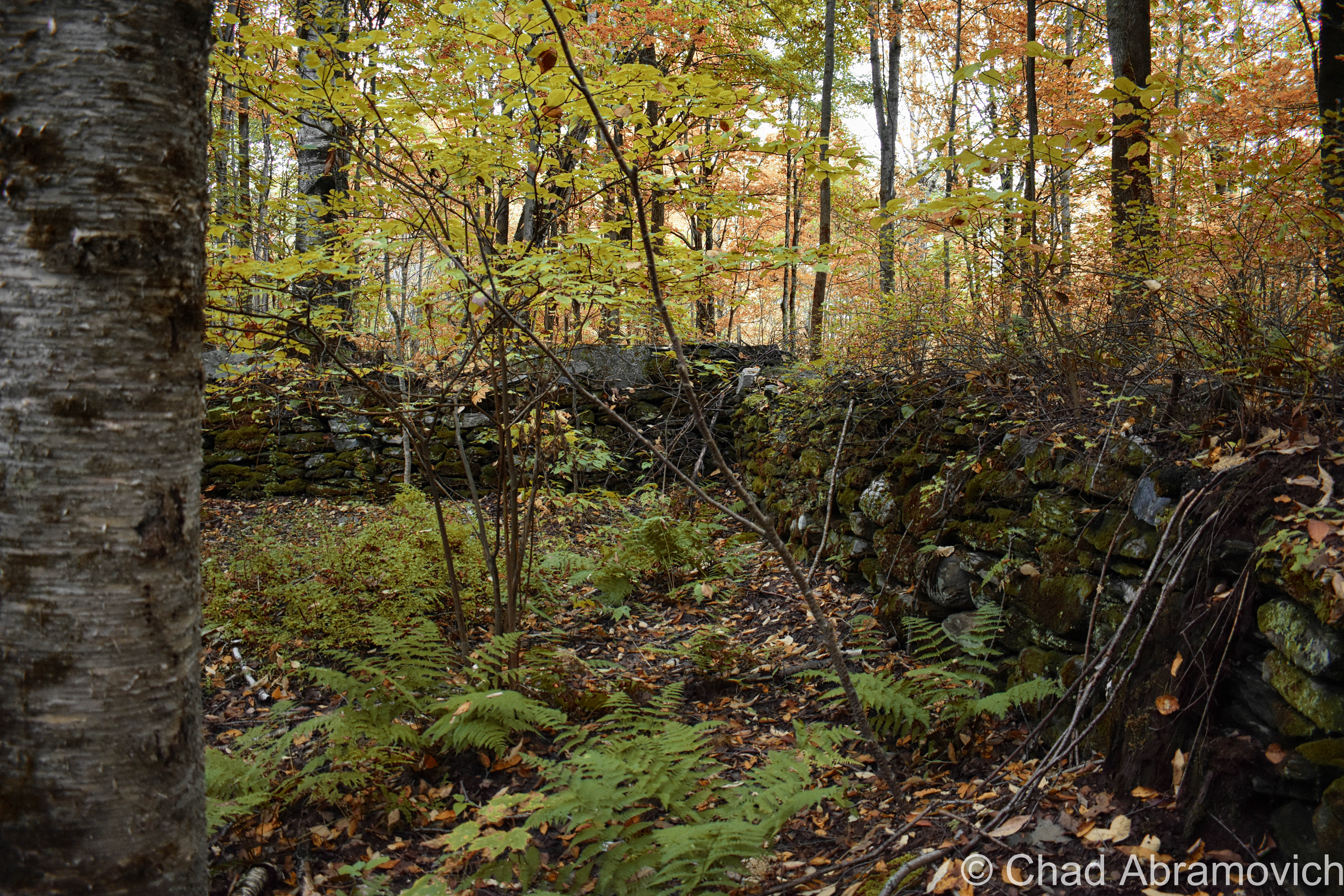

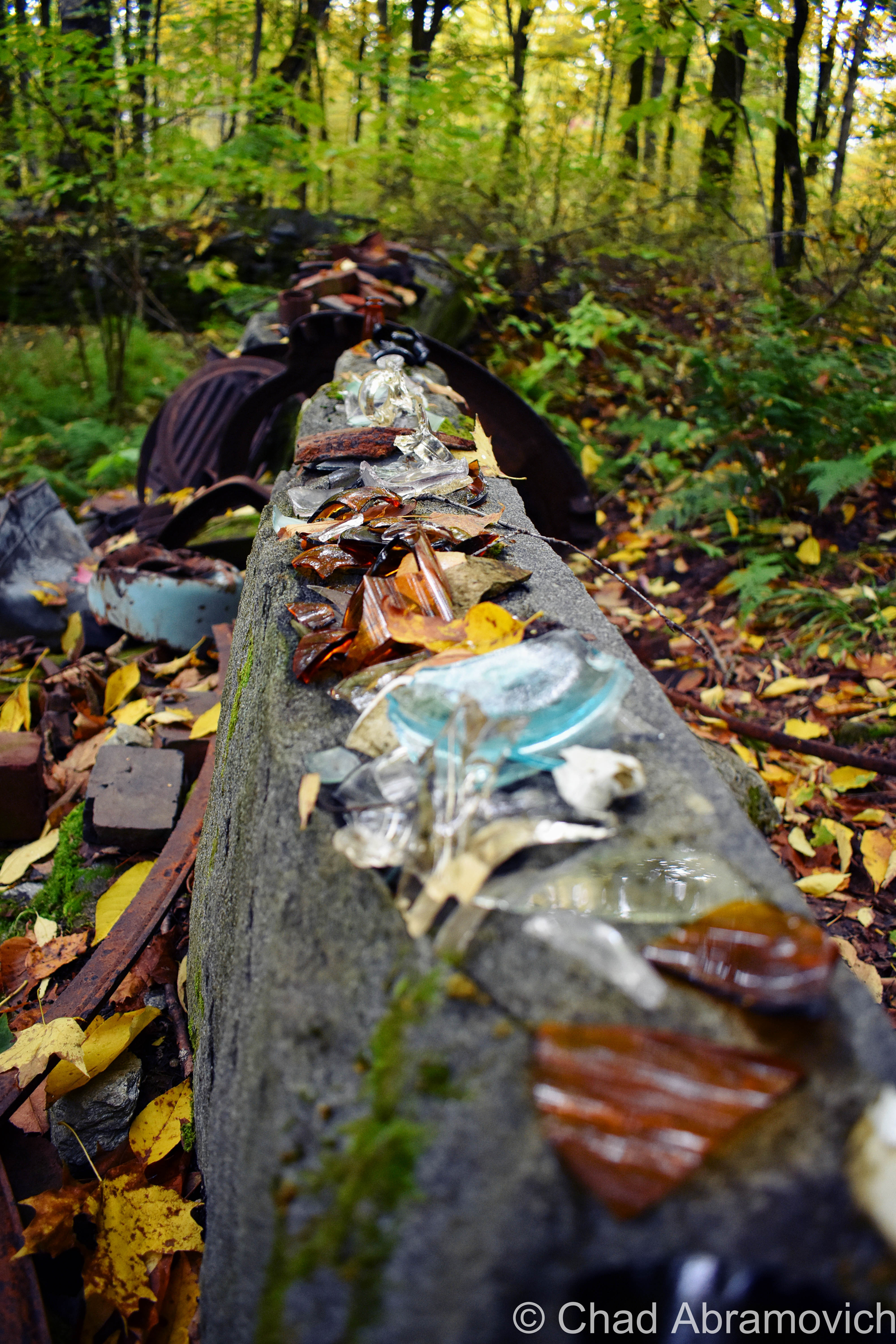
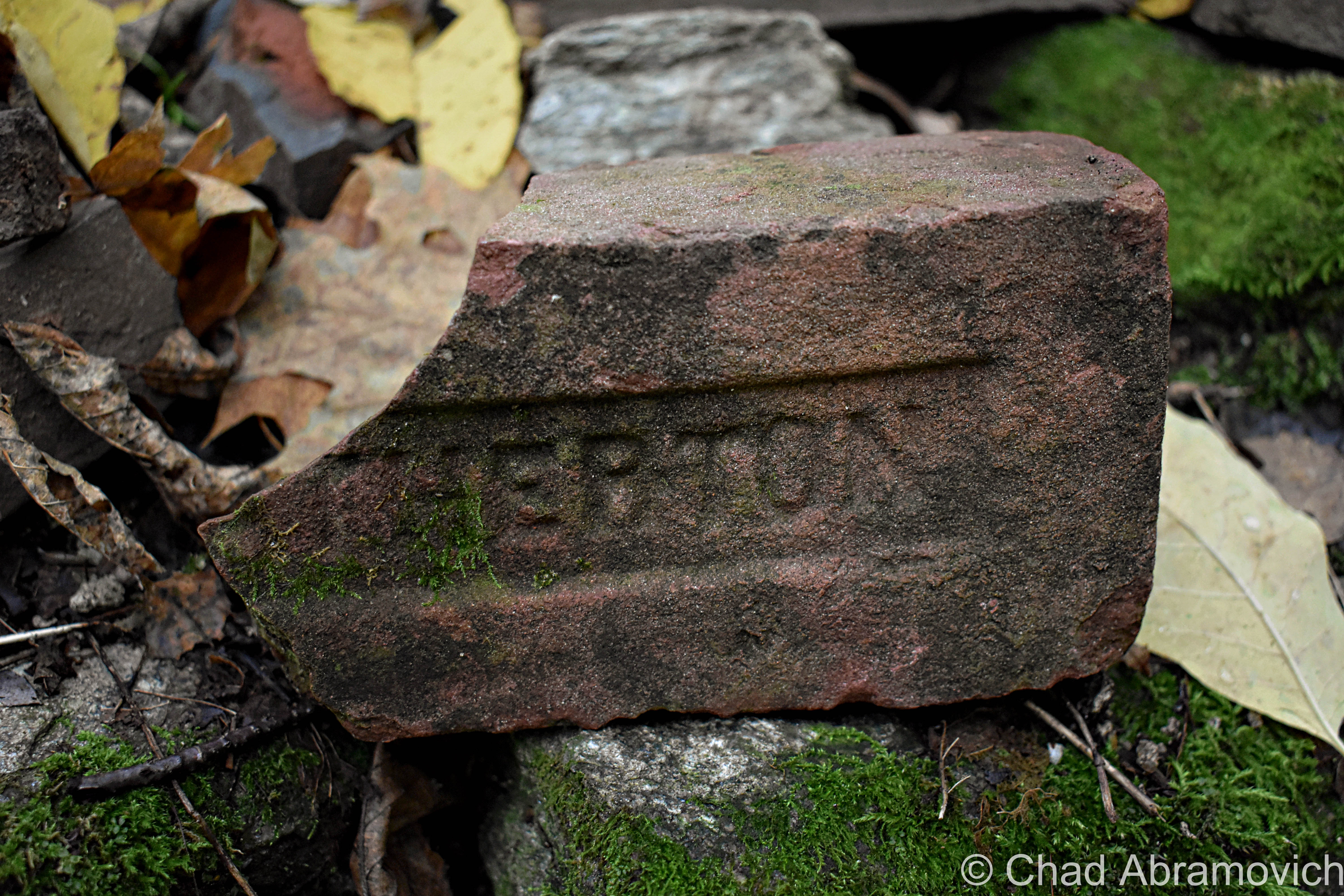
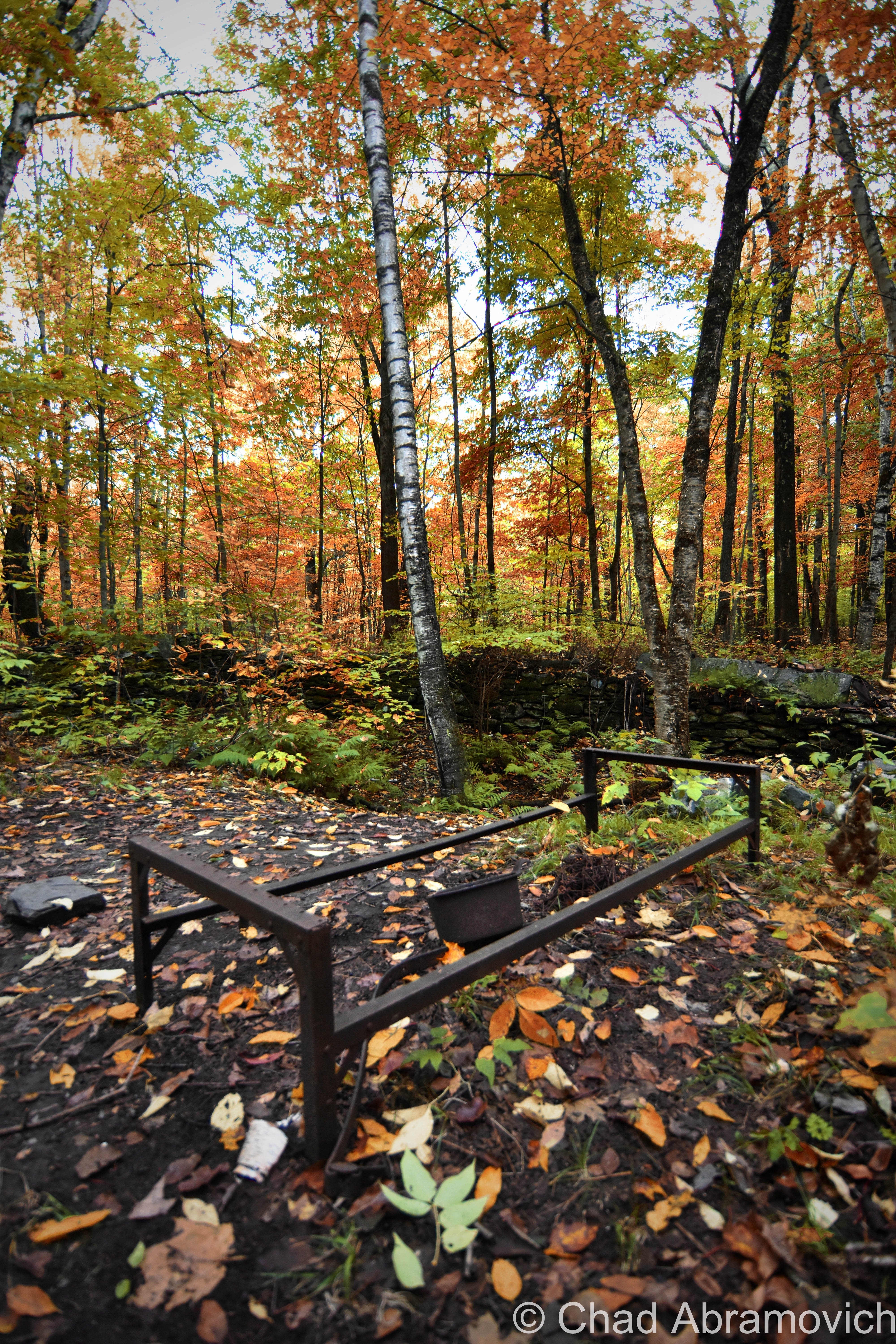
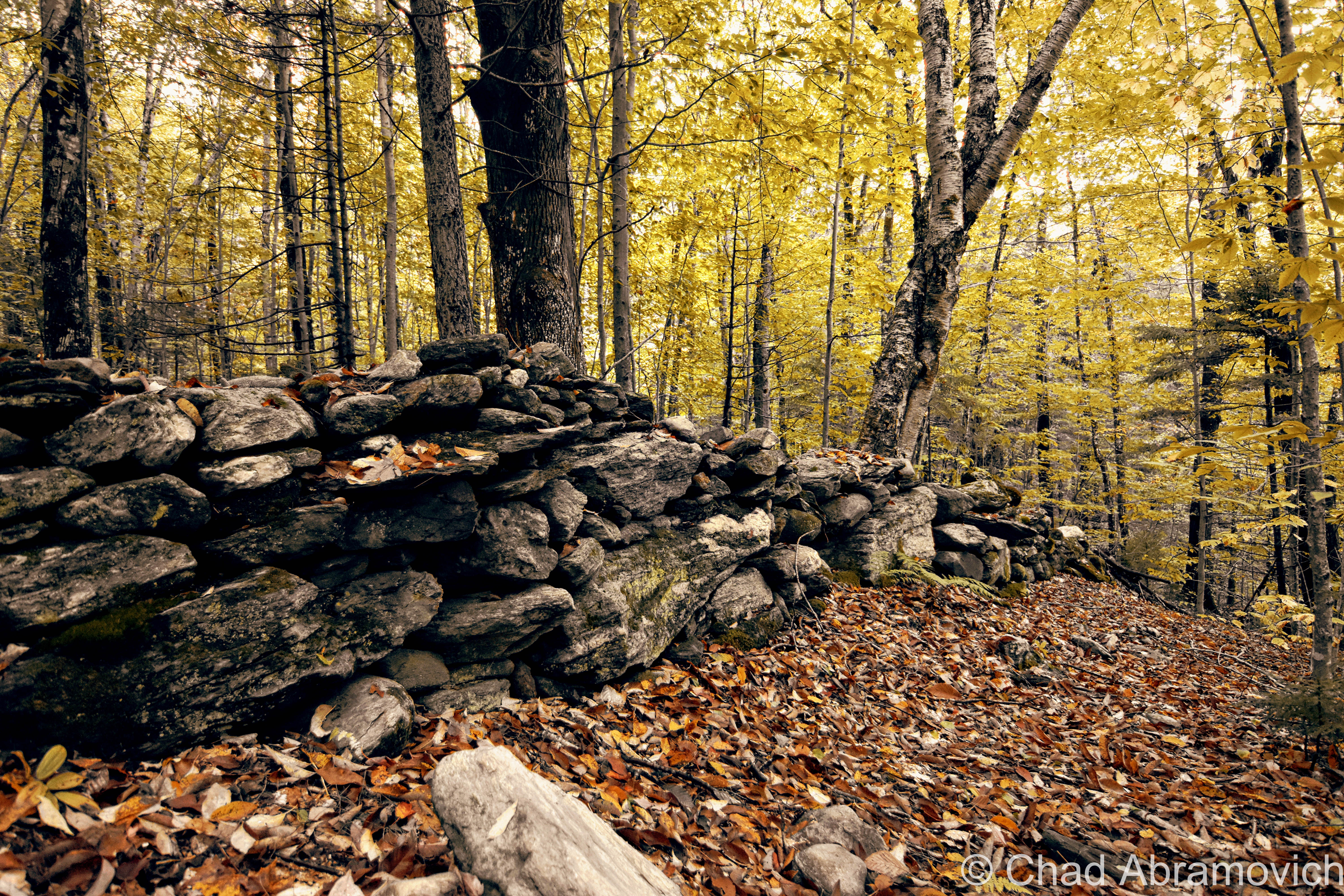
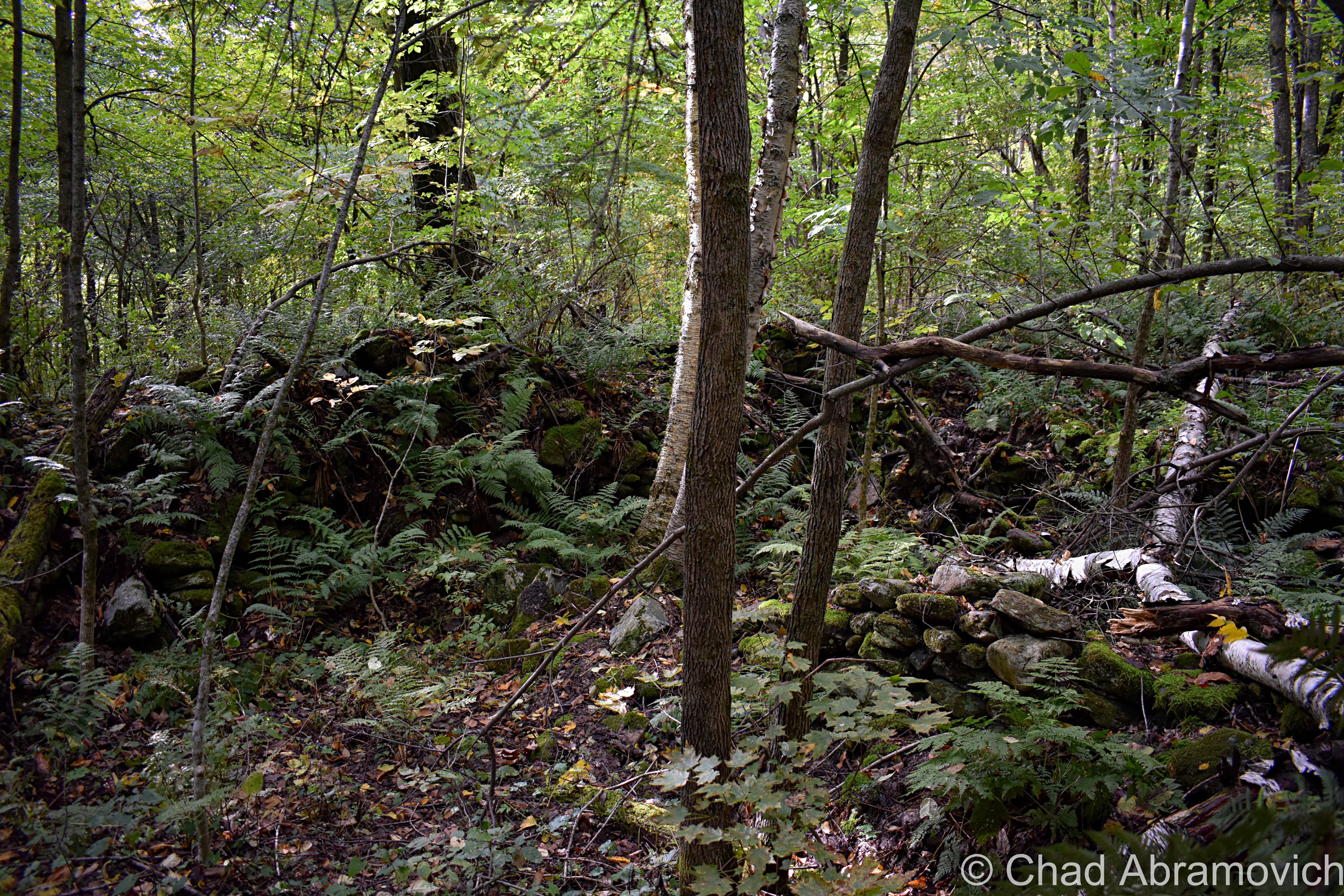
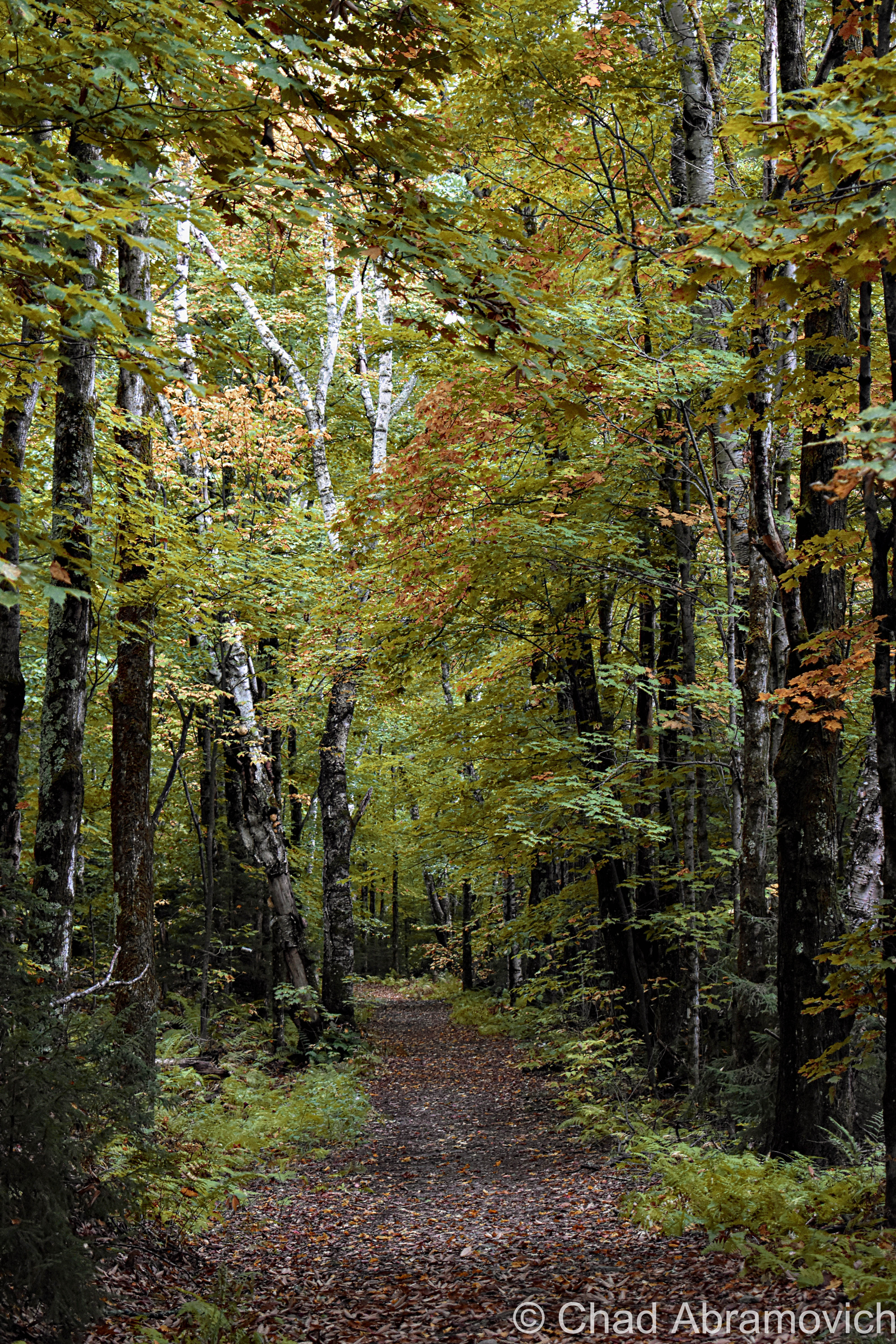
But does something else remain here other than stone foundations and weathered gravestones? Does something unknown skulk among the trees and silent swampland? I’ve heard more rumors than I thought I would that Little River State Park was haunted, but never have actually heard any specific accounts to back them up. Most details fall flat and don’t offer anything credible. A ghost town in the middle of a pretty remote stretch of woods is certain to conjure up some sort of folklore, though. Vermont is a state of extremes where either a topic has been written about to monotony, or it hasn’t been covered at all. I was hoping to break some ground here, and I knew I was onto something good when I heard this story.
A Night In The Woods
I’m proud to have been entrusted with this story, and to write about it in my blog. This is the first time this has ever been written down or told beyond a quite campfire in my backyard.
A few years ago, John, an experienced hunter took a hike into the wilds of Ricker Mountain. His plans were to spend a few days in the woods hunting and camping under the stars – a little much-needed rest and relaxation. Being an experienced woodsman, he planned carefully. He found a suitable spot for his campsite, and began to clear it of brush and tree branches. He even found some nice flat stones nearby to construct a fire pit from.
People generally are in two different camps when it comes to spending the night in the woods. John loved it. The first night, he was almost asleep inside his tent when he heard a strange noise. In the darkness, he listened carefully. It sounded like fingertips that were scratching the outside of his tent. He knew he had cleared the area of any tree branches, and it was a windless night, so he thought it had to be an animal. But he noticed that the woods had descended into an eerie silence, a silence he has never heard before. After a while, the tapping stopped. He waited for it to start up again, but it didn’t. He soon shrugged it off and fell asleep.
The next night, he awoke to the sound of someone or something, tugging at his tent straps. Again the woods fell into that eerie silence. He sat up in his sleeping bag and tried to assess the bizarre situation, but couldn’t really think about what to do other than wait for something to happen. The tugging soon stopped, and nothing ever happened. But he didn’t go back to sleep – and spent the rest of the night in anticipation, waiting until the sun rose. The next morning he noticed that the tent strap hadn’t just been pulled, it had been cut! It was a clean-cut, as done with a knife, yet he hadn’t heard the sound of tearing fabric, or the noises of any other human around.
Weighing his options, he decided to stay another night, trying to jump to a logical conclusion that could explain the previous night’s events while also falling into the gravity of his stubborn nature. He nonchalantly assumed that whatever it was, it didn’t really pose a real threat to him, and it didn’t know how long he was camping here because even John didn’t know! Surely it was gone by now. He wanted to leave when he’s good and ready, because it was hard enough to get time off from work and he wanted to enjoy the little time he had. So he decided to stay.
But on the third night, John got the surprise of his life. He woke up suddenly when the bottom of his sleeping bag, which had moved in his slumber and was touching the tent wall, was grabbed violently “as with human hands” and forcefully yanked towards the tent door. He instinctively grabbed his shotgun next to him and yelled “try that again and you’ll be sorry!” and waited with bated breath and adrenaline for something to happen. But nothing did. Again he noticed the eerie, almost unnatural silence of the woods. Nothing was making a sound, and this time, he recalled being incredibly uncomfortable by it. Surely he would have heard whatever the intruder was, retreating across all the brittle fallen leaves near the campsite, but he didn’t.
He knew it would be foolish to leave in the middle of the night, especially because he didn’t know exactly what was out there waiting for him. He knew it would be a foolish attempt to get back down towards the road. So he spent the rest of the night awake, shotgun at the ready, and as soon as dawn cracked the dark, he began to frantically pack his things.
As he took down his tent, he noticed something peculiar. As he was ensuring that the embers in the firepit were extinguished, he noticed something about one of the stones he had used to form the circular wall that he hadn’t noticed before. Somehow, unknowingly, he had used a fallen headstone from a forgotten and neglected cemetery nearby, now almost indistinguishable from years of dead leaves and fallen branches.
John doesn’t believe in ghosts, and doesn’t subscribe to any of the mythology of the paranormal and the tales that other people chase, but he managed to choke out an out of character diagnosis. “Well, man I don’t know. Maybe it was one of the ghosts of Ricker Mountain, angry that I used their headstone as part of my firepit.”
I asked John if he would ever go back to Ricker Mountain. He just shook his head and said “nope”. I guess I can’t blame him.
Digging into Trouble
Upon hearing that strange tale, my own father came forward with a story of his own, one that was as unusual, if not frightening to me. Whether it actually happened or not…well, I’ll let you decide for yourself.
When he was in his early 20s, he and his cousin were fly fishing along The Housatonic River in the small Connecticut town of Kent, in the rural Litchfield Hills. It was a perfect spring afternoon, and they were having good luck on the river.
As they fished down the riverbanks, they came to a spot where a large row of power lines crossed over the river and up a nearby mountain. Mounted above a rather steep ledge above them was a large copper plaque. Being curious, they both got closer to read it. The plaque was commemorating a tragic death that took place on that very spot 100 years ago, when a copper mine collapsed killing an unknown amount of miners. They were standing on a mass grave. What happened next has no explanation. One of them suggested digging up the grave – or what appeared to be the grave site. The earth was soft and seemed easy to dig through. My father agreed. Being young and immortal, they began to pick away at the hillside. And within minutes, the pleasant spring weather turned ugly. The skies turned a dark black and before they knew it, a freak bolt of lightning struck the power lines directly above their heads.
Terrified, the two of them stopped their digging and hastily retreated back to the safety of their car. And that was when they realized that this wasn’t just an ordinary storm.
“I looked back, and noticed that the lightning was striking and hitting every tree or pole that we were running by! It was – it was like it was following us!” my dad said animatedly, getting caught up in his memory. They scrambled back onto Route 7, both breathing heavily and scared out of their minds. And just as soon as the storm started, it stopped. The skies were clear again. It was like nothing had ever happened.
They scrambled back onto Route 7, both breathing heavily and scared out of their minds. I guess anyone would be in that situation. And just as soon as the storm started, it stopped. The skies were clear again. It was like nothing had ever happened.
So is there an explanation here, supernatural or other? Was this just a bad freak storm that passed right over their heads? After all, New England is known for it’s weird weather. Or was it something more, perhaps it really was an act of vengeance from the angered ghosts of the dead minors who lost their lives under that very spot. Neither of them have an explanation, and the only conclusion I have is that they did experience something. One thing is for certain, they have never done anything that stupid ever again.
—————————————————————————————————————————————–
To all of my amazing fans and supporters, I am truly grateful and humbled by all of the support and donations through out the years that have kept Obscure Vermont up and running.
As you all know I spend countless hours researching, writing, and traveling to produce and sustain this blog. Obscure Vermont is funded entirely on generous donations that you the wonderful viewers and supporters have made. Expenses range from internet fees to host the blog, to investing in research materials, to traveling expenses. Also, donations help keep me current with my photography gear, computer, and computer software so that I can deliver the best quality possible.
If you value, appreciate, and enjoy reading about my adventures please consider making a donation to my new Gofundme account or Paypal. Any donation would not only be greatly appreciated and help keep this blog going, it would also keep me doing what I love. Thank you!
Gofundme: https://www.gofundme.com/b5jp97d4


